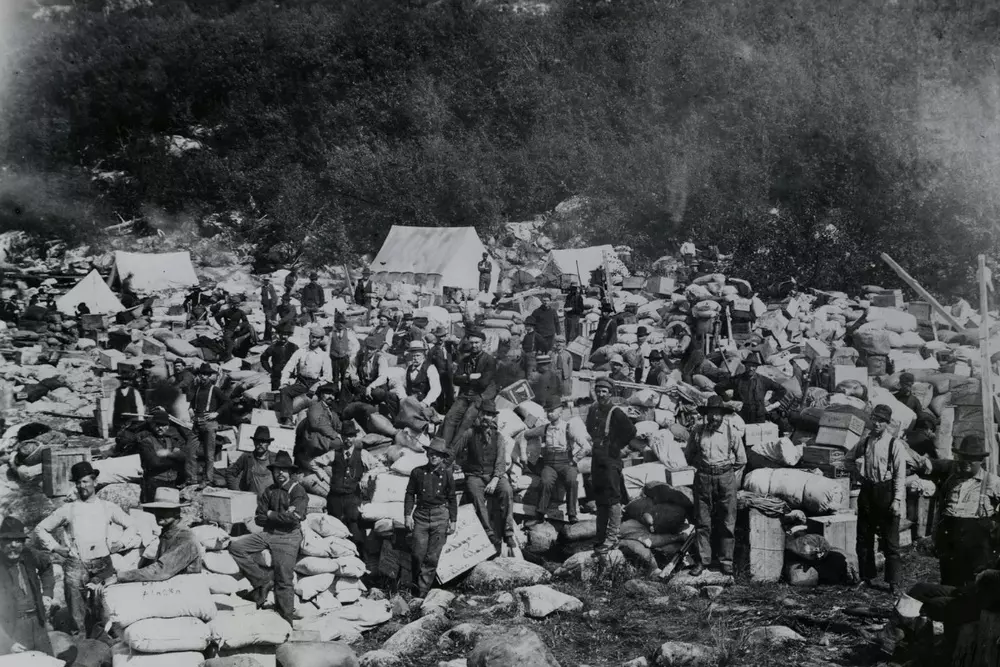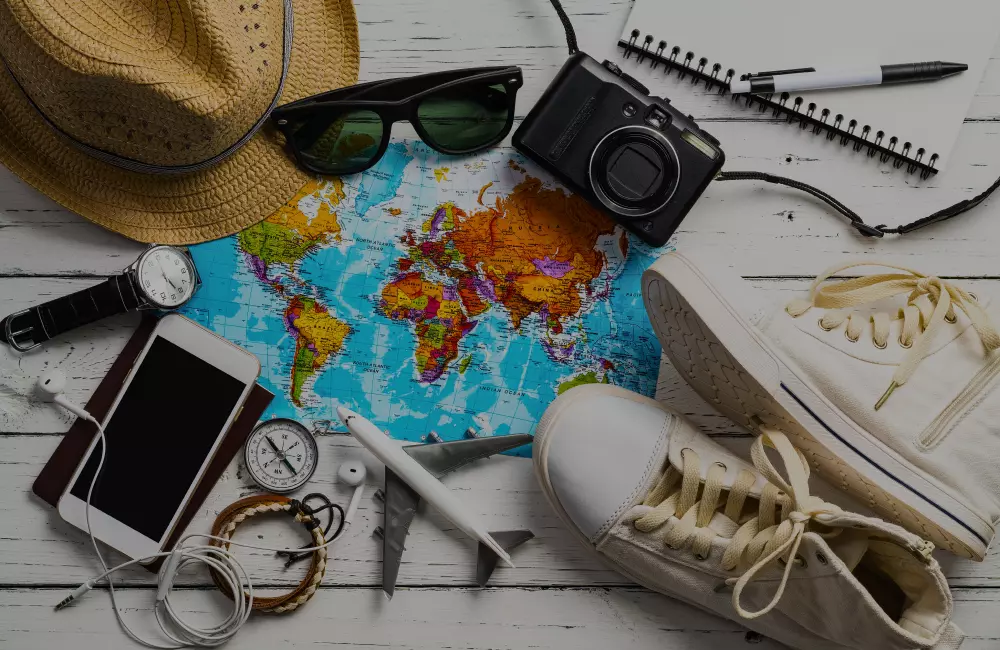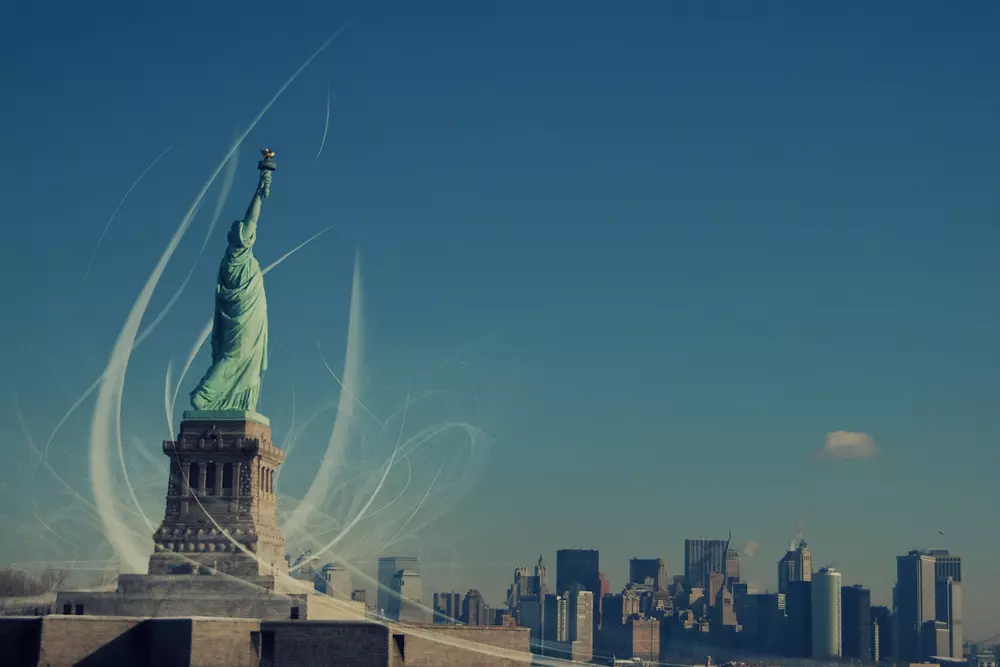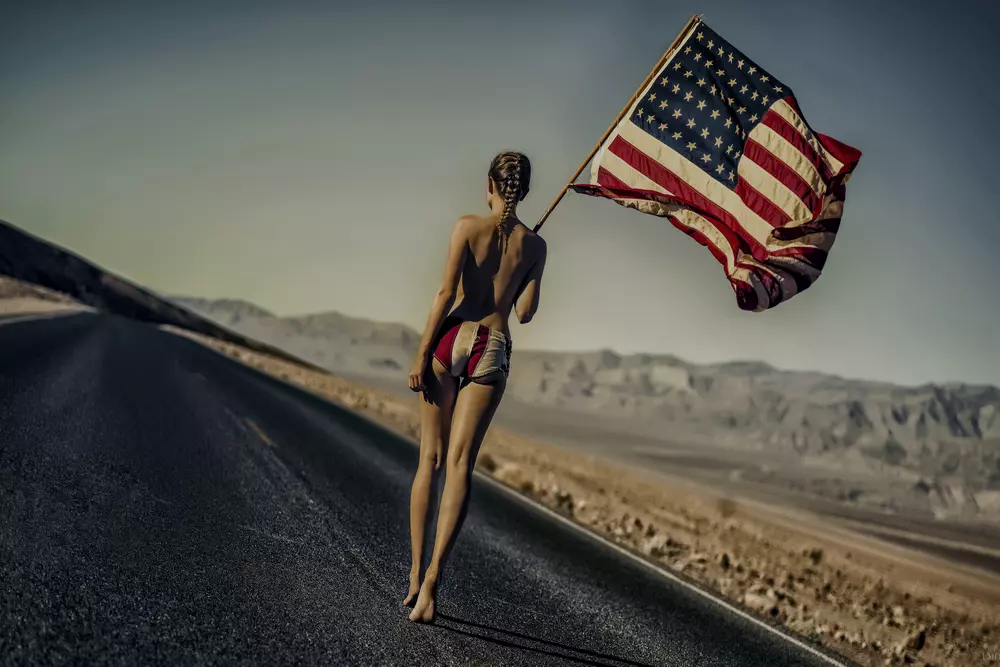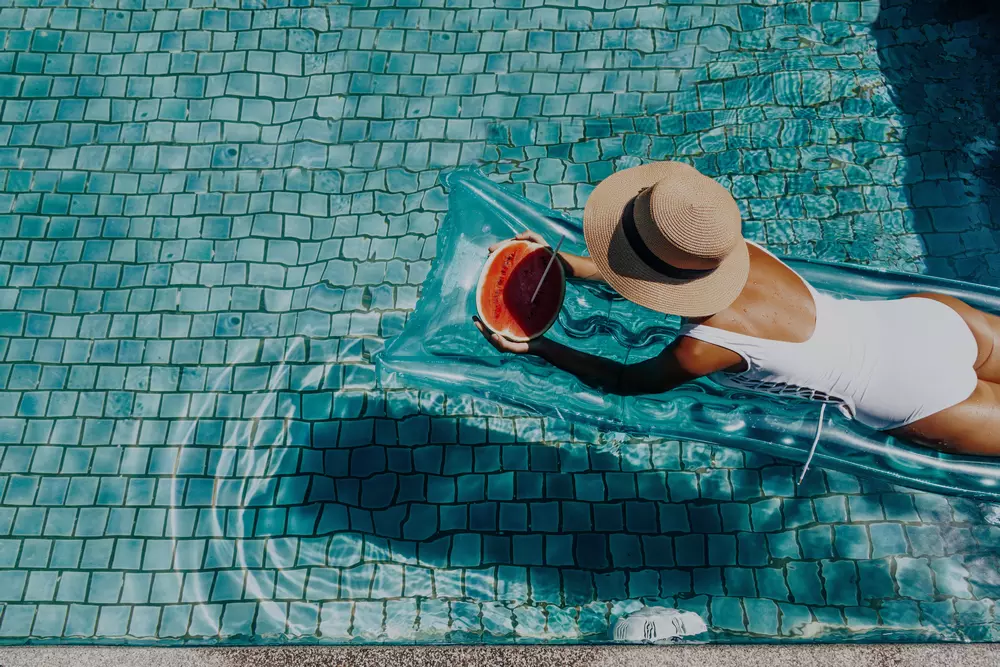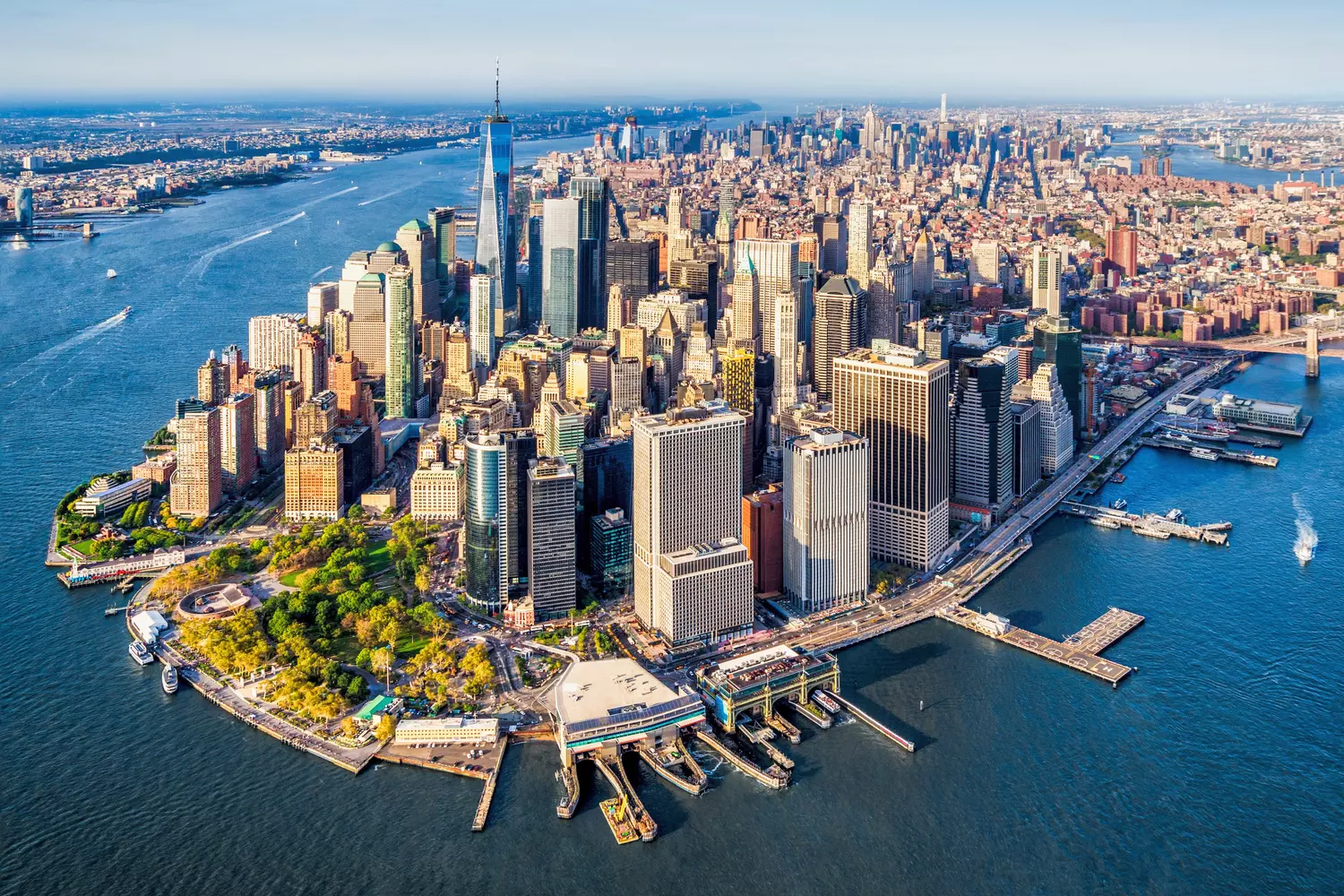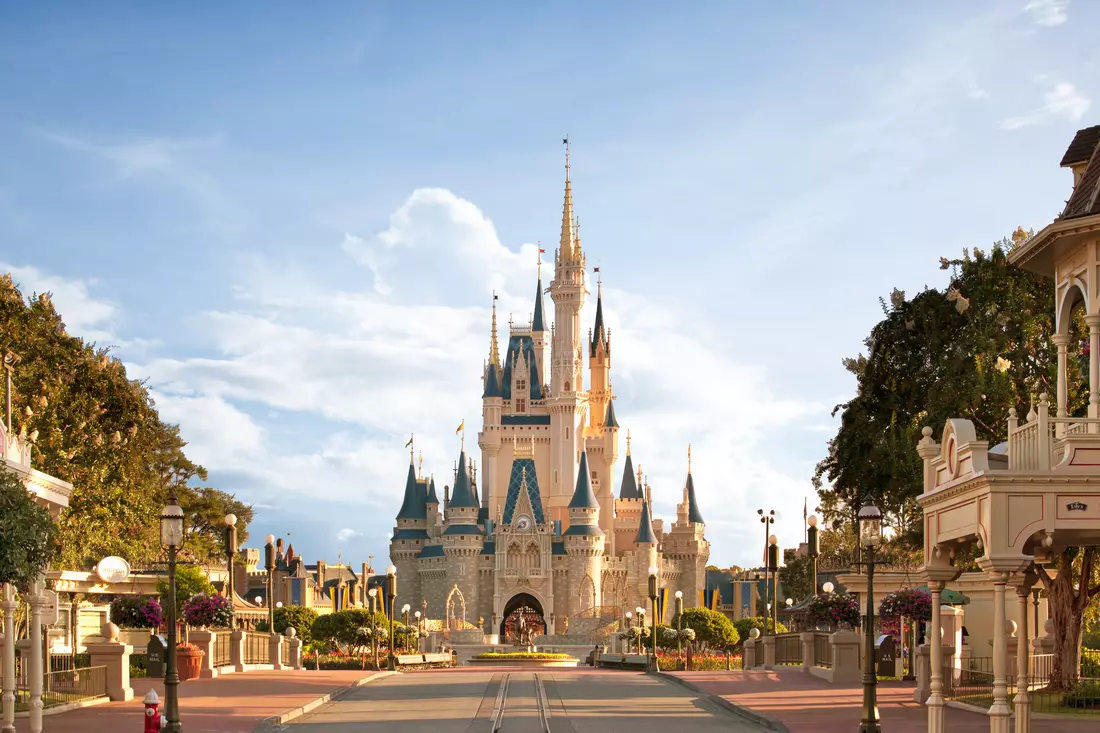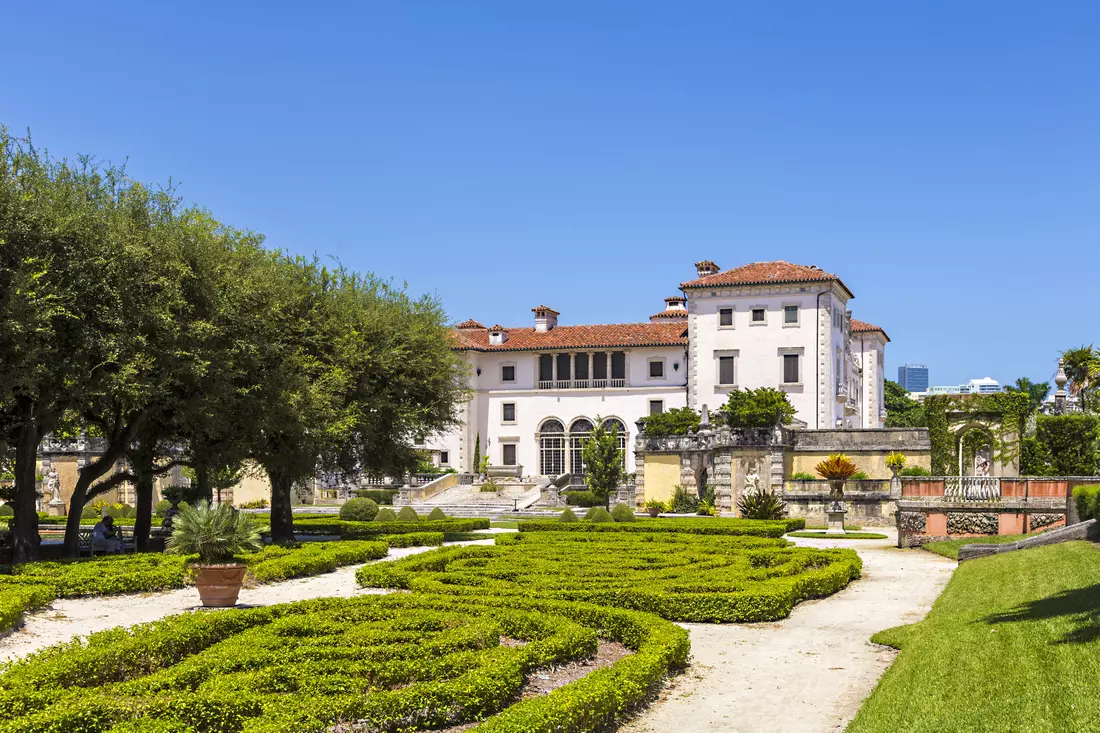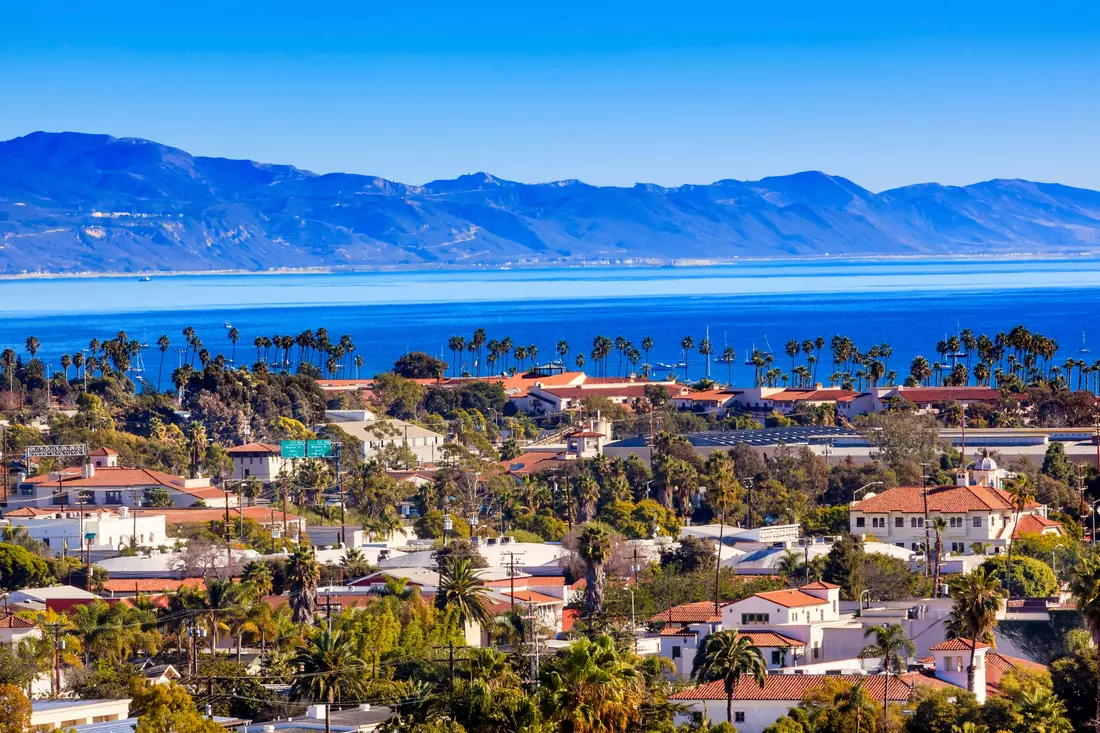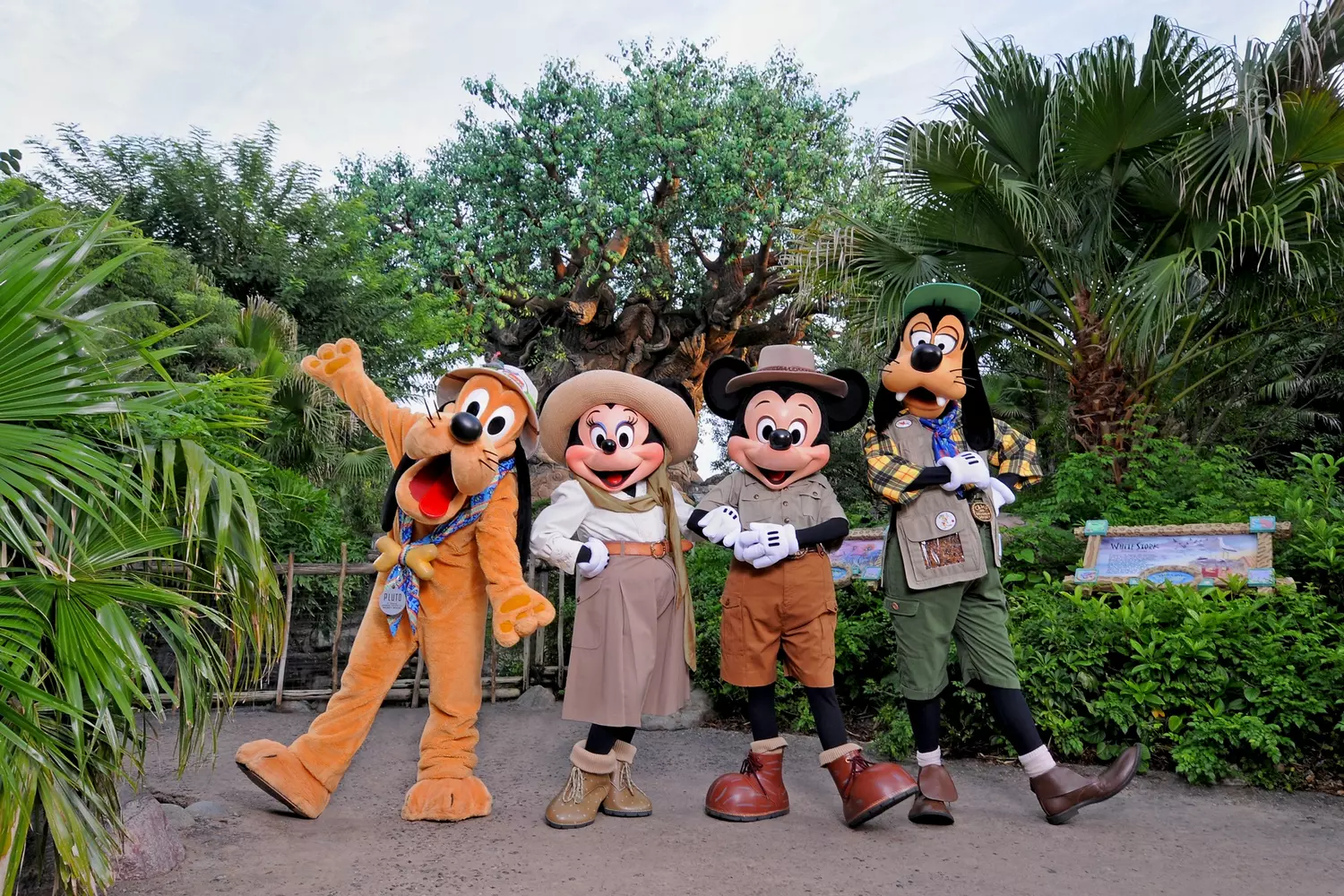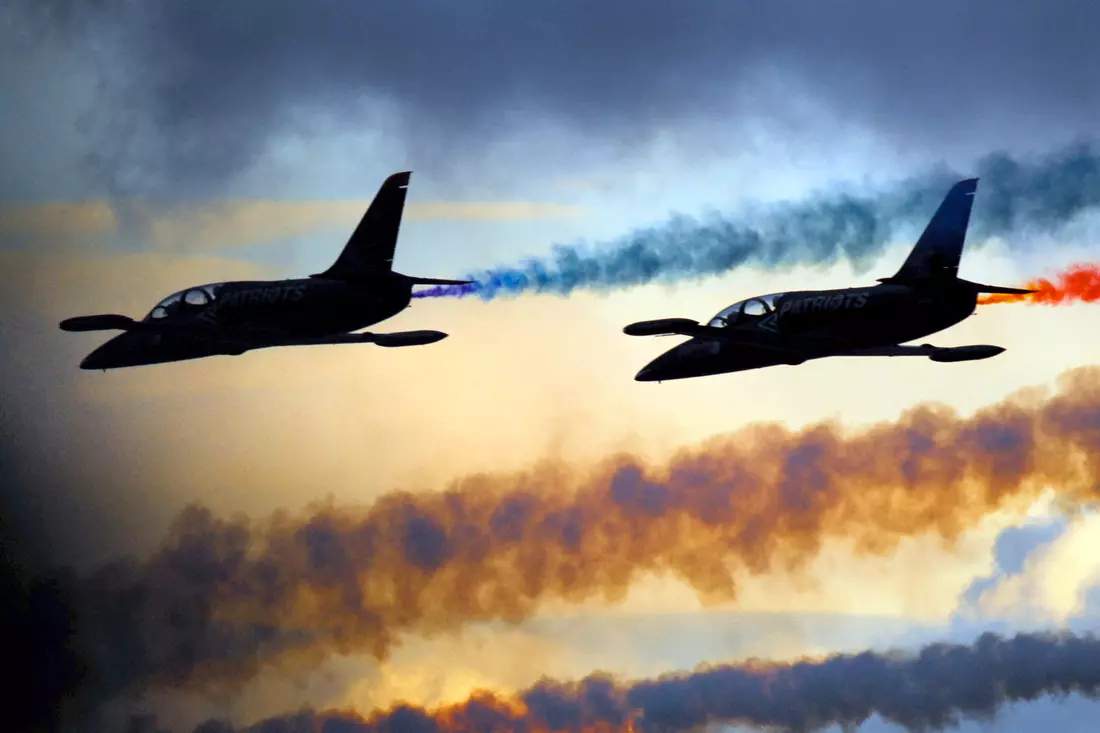When people talk about Illinois, Chicago is the first thing that comes to mind. Skyscrapers, jazz, Grant Park, Willis Tower… But Illinois is more than just Chicago. It’s a whole world within one state, where every corner holds its own story, plays its own music, and breathes its own nature.
Here, at the crossroads of the Great Lakes and the Great Plains, lies the land where presidents were born, where musical genres were born, where cornfields neighbor art galleries, and farmers discuss politics as passionately as any political analyst. Illinois is the heart of the Midwest, where the true pulse of America beats through everyday routine.
There’s no glossy coastal glamor here, but there is authenticity: cities living by their own rules, roads leading to the past, and people whose friendliness is genuine. Illinois can surprise you with its scale and intimacy at the same time — from the majestic buildings of Chicago to the quiet streets of Galena, from the Starved Rock waterfalls to the ancient mounds of Cahokia.
This text is not just a guide. It’s an attempt to show Illinois as a living place: with its people, rhythm, surprises, and contrasts. Because to understand America, you need to feel Illinois.
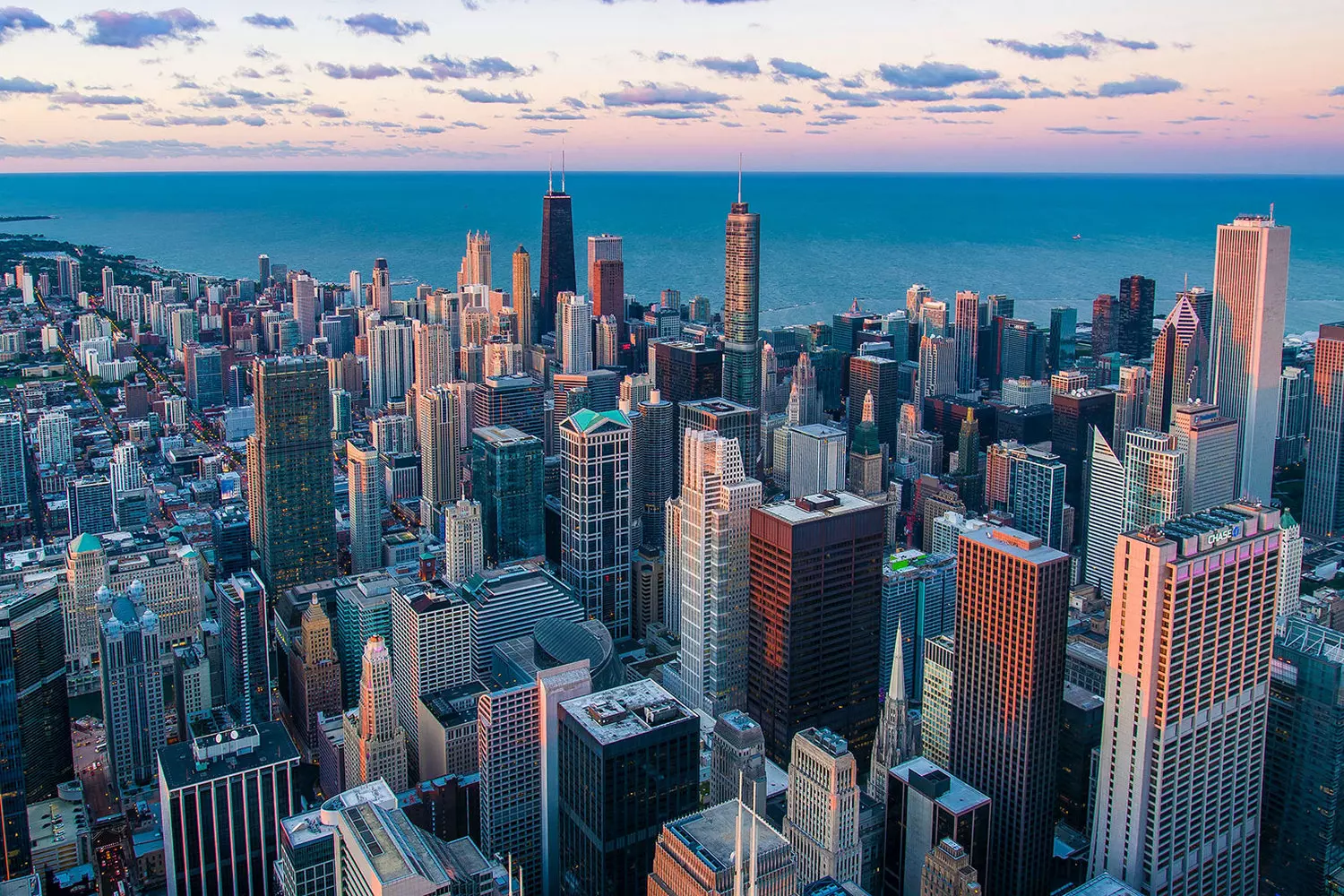
Illinois was the first state to ratify the 13th Amendment to the U.S. Constitution, which officially abolished slavery. This historic event took place back in 1865.
Illinois Through the Ages: Forging the Soul of the State
The history of Illinois is a history of movement — movement of peoples, trains, ideas, and revolutions. From ancient Native American settlements to industrial giants, from farming communities to the global stage — it all weaves together into a vivid, dramatic, and inspiring chronicle.
- 01. Ancient Civilizations
Long before Europeans arrived, the Mississippians lived here — a Native American civilization that left behind monumental earthen mounds. The most famous of these, Monks Mound in Cahokia, rises above the surroundings as a reminder of a complex and advanced culture that thrived here as early as the 11th century. - 02. French Colonization and Louisiana
In the 17th century, French missionaries and traders arrived. Illinois became part of French Louisiana — a vast, sparsely populated region stretching from the Great Lakes to the Gulf of Mexico. It was the French who established the first forts and missions along the Mississippi River. - 03. Statehood and the Lincoln Era
Illinois became the 21st state of the USA in 1818. A few decades later, Abraham Lincoln, born in Kentucky, began his political career here. He symbolizes humanism and the fight for freedom and remains a respected living symbol in the state. - 04. Civil War and Industrial Growth
During the Civil War, Illinois sided with the North. Hundreds of thousands of residents went to the front. After the war, the state experienced an industrial boom: factories, railroads, and growing cities. Chicago became known as the "Locomotive City" of the Midwest. - 05. The Great Migration and Cultural Flourishing
In the 20th century, millions of African Americans migrated from the South to Chicago and other Illinois cities. They brought with them culture, music, and cuisine. It was then that blues and jazz took their northern forms, and Illinois became a platform for new voices in literature and art. - 06. Illinois Today: A Living Historical Pulse
Today, the state’s history is preserved not only in museums but also in its atmosphere. Traveling through Illinois is a journey through layers of time. You might find yourself in a small town where post offices from the 19th century still operate, then in the tech campus of Urbana-Champaign, where AI is being developed.
History here is not dead — it breathes, evolves, and speaks to anyone ready to listen.
Illinois Under Fire: Gangsters, Prohibition, and the Mafia Era
When it comes to the criminal history of the USA, Illinois — especially Chicago — takes center stage. It was here, in the early 20th century, that the true legend of the American gangster world was forged. This was the place where the shots of the Prohibition era rang out, jazz melodies echoed in underground clubs, and fierce battles were fought between mafia clans. Illinois was not just a stage for criminal conflicts — it became the epicenter of a true crime saga.
- 01. The Prohibition Era: When Alcohol Became Gold
In 1920, the US enacted Prohibition — a ban on the production and sale of alcoholic beverages. Instead of eradicating drunkenness, this spawned a massive illegal alcohol trade, dominated by criminal organizations.
Chicago became the capital of bootleggers. A huge city with a busy port, railroad hubs, and countless warehouses was the perfect place to transport and store illicit alcohol. Cellars turned into secret bars (speakeasies), police often turned a blind eye for bribes, and the streets became dangerous battlegrounds of gangster wars. - 02. Al Capone: The Man Who Became a Mafia Symbol
The name Alphonse Gabriel Capone, better known as Al Capone, is known to everyone. He was not just a gangster — he became the symbol of the era.
- Originally from Brooklyn, Capone moved to Chicago in the 1920s, quickly rising through the ranks of Johnny Torrio’s organization.
- After Torrio’s retirement, Capone took control of the business: bootlegging, gambling houses, brothels, and extortion.
- At the peak of his "career," the annual income of Capone’s criminal empire was estimated at over $100 million — an astronomical amount for that time.
Capone kept the city in fear but skillfully played the public by handing out charity meals to the poor during the Great Depression. To some, he was a monster; to others, almost a hero.
However, taxes became his Achilles’ heel. In 1931, Capone was convicted not for murders but for tax evasion, marking one of the FBI’s biggest victories.
- 03. The St. Valentine’s Day Massacre
One of the bloodiest and most famous Chicago mafia crimes occurred on February 14, 1929. Seven men affiliated with rival George “Bugs” Moran’s gang were shot in a garage by gangsters disguised as police officers. It is still believed that Capone’s men were behind it, though he was in Florida and never formally charged.
This massacre shocked America and became a symbol of the extreme brutality of gangster wars in Chicago. - 04. Other Notable Figures in Illinois’ Criminal World
- Johnny Torrio
The “mentor” of Capone and one of the founders of organized crime in Chicago. He introduced the mafia as a “business.” - Bugs Moran
Leader of Chicago’s North Side, one of Capone’s main rivals. His gang fought a bloody war for control of northern city districts. - Frank Nitti
Capone’s successor, who ran the mafia empire after the boss was imprisoned. His nickname “The Enforcer” reflected his quiet but effective style. - Tony Accardo and Sam Giancana
Postwar mobsters who controlled Chicago’s crime business into the 1970s. Their influence extended well beyond Illinois.
Where to Find Mafia Traces Today?
- Green Mill Cocktail Lounge
A jazz club once favored by Al Capone. It still operates today and preserves the 1920s atmosphere. - Chicago Mob Museum (Mob Museum)
Though officially located in Las Vegas, Chicago offers many tours and exhibits dedicated to mafia history. - Alcatraz Prison
The prison where Capone was transferred from Atlanta, where he began to lose influence and health. - Mount Carmel Cemetery in the suburb of Hillside
Here lie Capone and many of his associates. It has become a site of “dark tourism.”
Interesting fact: Despite his reputation as a killer and mobster, Al Capone loved opera and regularly attended musical performances. His favorite singer was Enrico Caruso.
The gangster era in Illinois left a deep mark on U.S. history. It was a time when the mafia didn’t just exist — it ruled the city, shaped politics, and influenced lifestyles. Today, these stories have become part of the cultural heritage, immortalized in books, films, and urban legends.
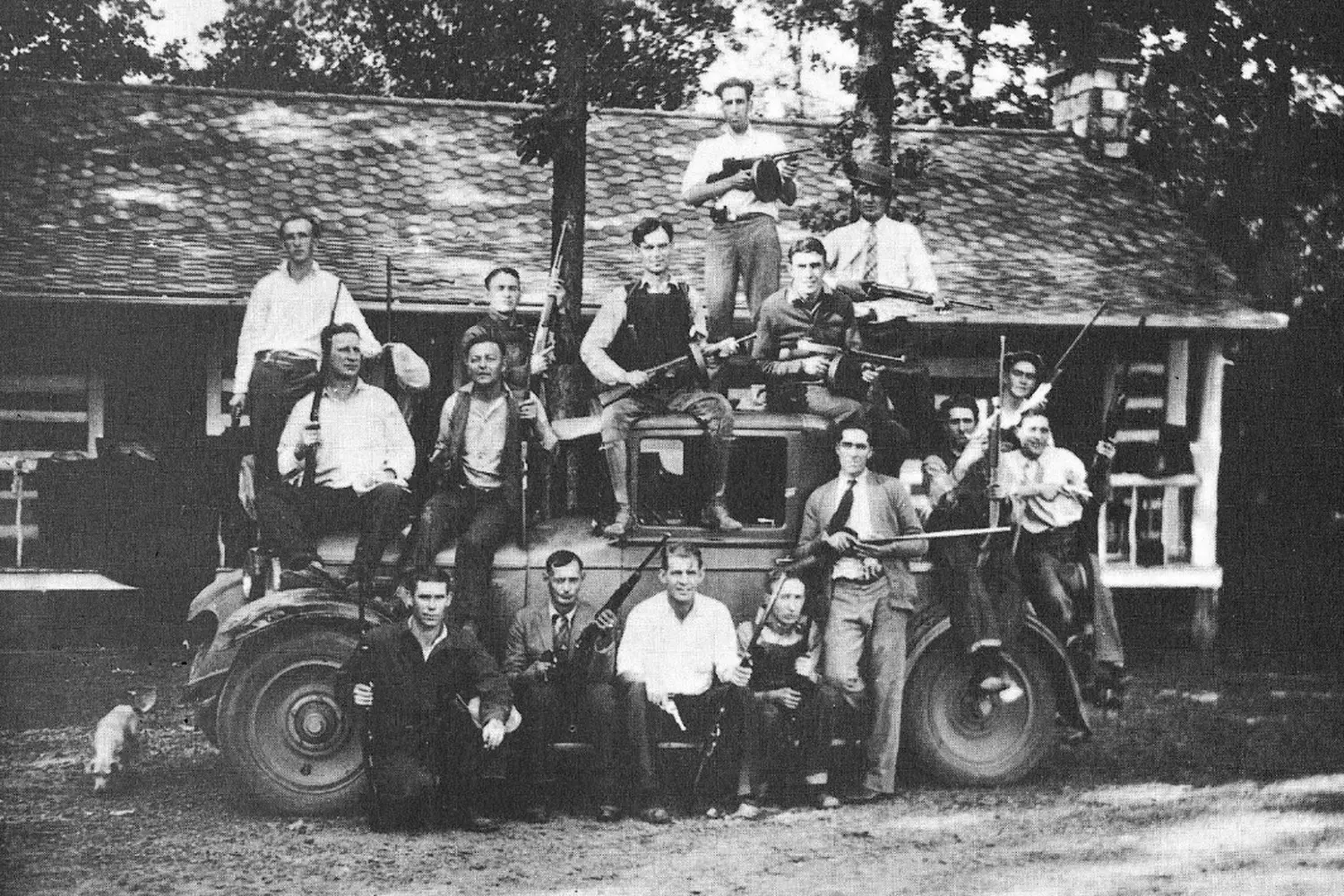
Landscapes That Speak: Geography and Climate of Illinois
Illinois may seem like a geographically "flat" state, but its nature is far more diverse than many assume. This is a place where the Great Lakes meet the prairies, where level horizons are suddenly interrupted by cliffs and dense forests. The geography of Illinois is the context for its entire history and culture.
- 01. From the Great Lakes to the Mississippi
The state stretches nearly 630 km from north to south, which means a significant variation in climate, terrain, and natural zones:
- North — Chicago and the lakefront suburbs. Lake Michigan is not just a backdrop, but a climate-shaping giant. It brings humidity, snowy winters, and cool summers.
- Center — a region of farmland. This is the heart of agricultural America, where corn and soybeans grow all the way to the horizon.
- South — more hilly, green, and mild in climate. Here you'll find forests, reservoirs, and the unique Shawnee National Forest.
- 02. Major Rivers
- Mississippi — forms the state's western border;
- Illinois River — runs through the central region and serves as a vital transportation artery;
- Ohio — defines the southern border where it meets the Mississippi.
Fun fact: Illinois is known as the "state of waterways." With over 1,100 km of navigable rivers, it's one of the leaders in inland shipping in the U.S.
- 03. Weather with Character
The climate of Illinois is a classic humid continental one, which means:
- Winters — snowy, with temperatures dropping to -20°C, especially in the north;
- Summers — hot, reaching up to +35°C, with thunderstorms and humidity;
- Spring — unpredictable: it can bring both tornadoes and blooming fields;
- Autumn — golden, with mild temperatures and beautiful leafy landscapes.
The climate’s challenge lies in its unpredictability. In Chicago, you can witness sunshine, snow, and rain all in one day. And in southern counties, spring arrives a month earlier than in the north.
- 04. Natural Zones
- Prairies: once covered nearly the entire state, now preserved in nature reserves;
- Forests: cover about 15% of the territory;
- Lakes and wetlands: especially in the northeast.
The geography and climate of Illinois are not just a backdrop — they are active players. They shape the way of life, the culture, and the economy. To understand Illinois is to understand how the land and sky shape the character of its people.
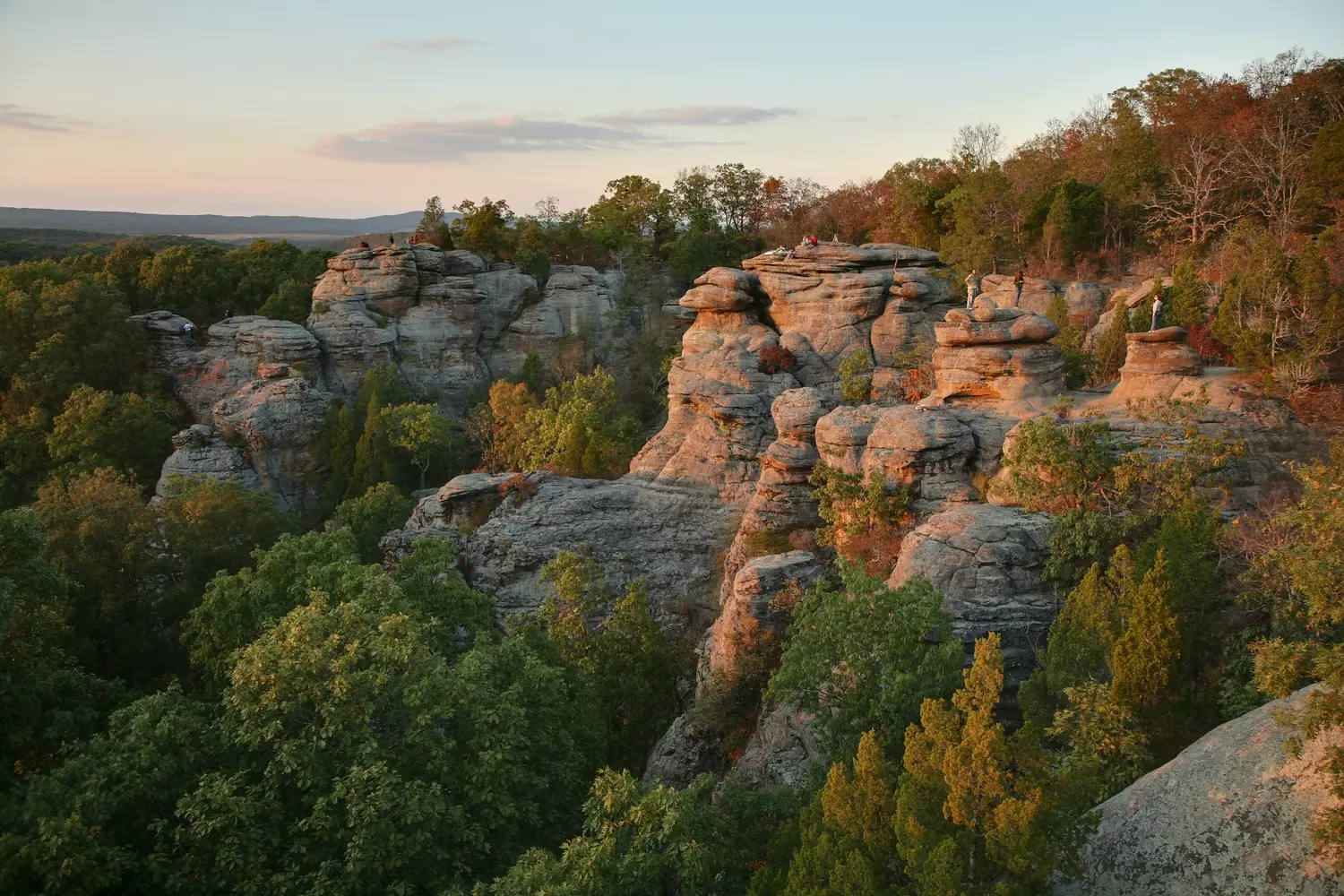
Cities with Character: Who Lives in Illinois and How
The population of Illinois is a mix of cultures, languages, lifestyles, and social classes. The state is home to over 12.6 million people, each one part of a vast and diverse tapestry.
- 01. Chicago — the Windy City with endless horizons
Chicago is the third-largest city in the U.S. and the true "capital of the Midwest." Everything buzzes here: business, culture, food, architecture, sports. It’s a city where skyscrapers rise above the lake and neighborhoods — from bohemian Wicker Park to strictly businesslike The Loop — each live their own lives.
- Population: about 2.7 million;
- Characteristics: high density, multiculturalism, strong neighborhood identity;
- Ethnic makeup: African Americans, Latinos, Irish, Polish, Ukrainians, Jews, Asians — a true global crossroads.
- 02. Springfield — a capital that values quiet
Despite being the state capital, Springfield has a cozy small-town atmosphere. Everything here breathes Lincoln’s legacy: his home, his library, monuments, street names.
- Population: about 115,000;
- Main occupations: government workers, teachers, historians, museum staff;
- Pace of life: calm, measured, almost European.
- 03. Rockford, Peoria, Champaign — industrial heart and student pulse
- Rockford
One of the largest cities in the state, with a strong industrial base and green spaces. It’s home to the Anderson Japanese Garden — a cultural gem. - Peoria
Birthplace of Caterpillar and a city with a rich theatrical scene. - Champaign and Urbana
Two cities merged into a single educational hub, home to the University of Illinois. Student life thrives here, alongside science and technology development.
- 04. Galena — a living letter from the 19th century
Galena is a small but charming town where Victorian-era homes and streets remain intact. It feels like stepping into a film where time stopped a hundred years ago.
- Population: under 3,000 people.
- Atmosphere: antiques, wine shops, museums, leisurely walks on cobblestone streets.
- Highlight: a perfect weekend getaway for couples or families.
- 05. Southern Illinois — people of nature and tradition
The further south you go, the more you feel rural America. This is home to farmers, craftsmen, and laborers. People here are welcoming and value tradition, religion, and family.
- Cities: Carbondale, Marion, Cairo.
- Life: calm, steady, often centered around local community.
Who Lives in Illinois
- 60% — White Americans;
- 17% — African Americans;
- 17% — Latinos;
- 6% — Asians and other nationalities.
Migration to Illinois continues — both internal, from other states, and external: from Mexico, India, and Eastern Europe. This makes Illinois one of the most ethnically mixed states in the region.
The cities of Illinois are not just geographic points — they are moods, scenes, dialogues. Chicago is a full-scale theater. Springfield is an open-air museum. And Galena is a book you want to reread.
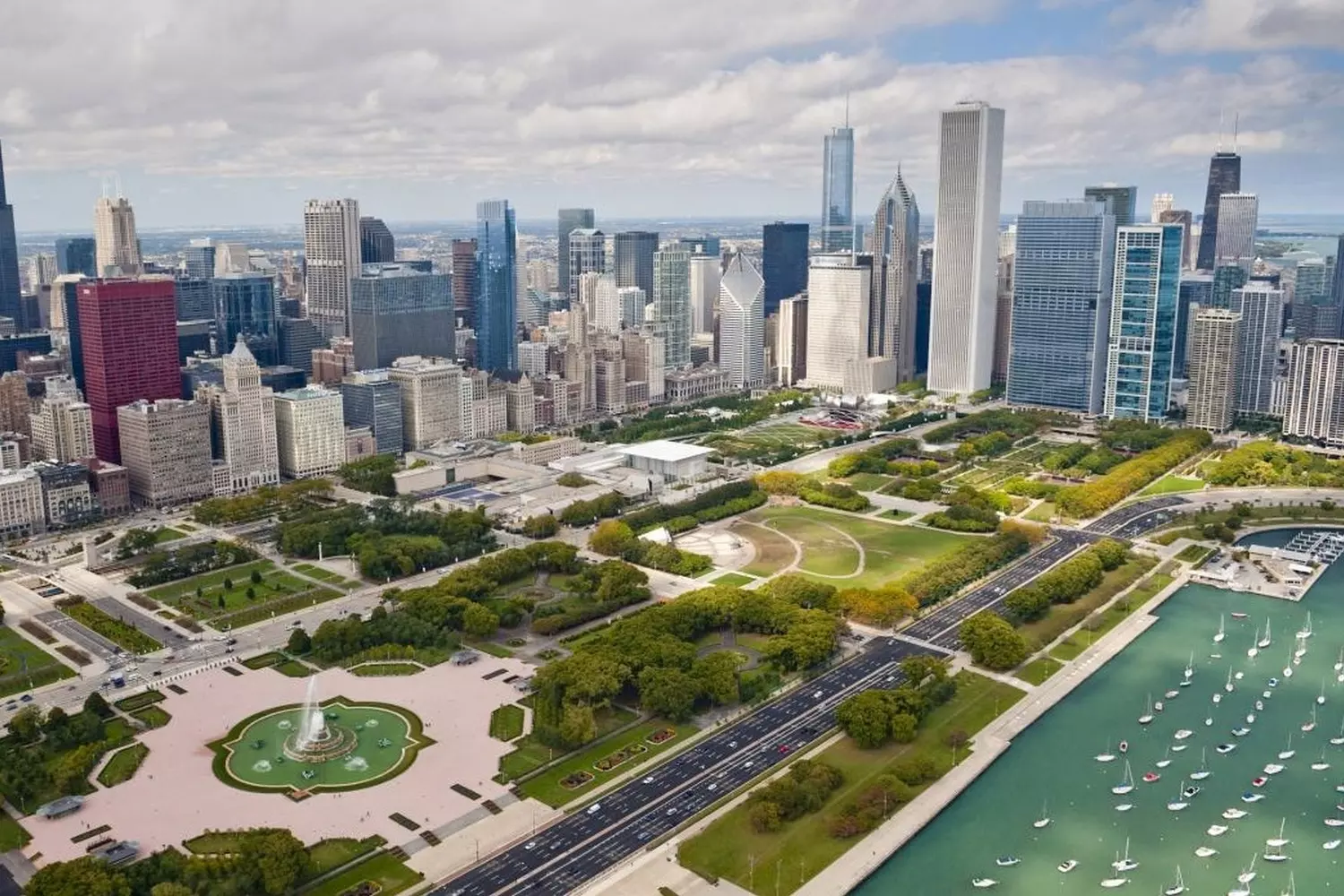
Symbols of Illinois: What Speaks for the State When It Falls Silent
Every U.S. state has its own set of symbols — from a flag to an official tree, from a motto to a state dish. But in Illinois, these signs are especially meaningful. They speak of the past, the state’s character, and how Illinois wants to be seen.
- 01. Illinois Flag: the Eagle and the Ribbon of Time
The Illinois flag is a white field featuring an eagle holding a ribbon in its beak with the state motto. On the eagle’s chest — the U.S. shield. Every element is intentional:
- The Eagle — a symbol of strength, independence, and connection to national identity.
- The Motto on the Ribbon: “State Sovereignty, National Union.” This reflects the Civil War-era dilemma: states’ rights versus national unity.
- The Date on the Flag: 1818 — the year Illinois joined the Union.
The flag was officially adopted in 1915, but in the 1970s the word “Illinois” was added to make it more recognizable.
- 02. The Seal: Symbolism on the Shield
The Illinois state seal mirrors the flag but is used separately on official documents, seals, and government signage. It’s a condensed visual formula of how the state sees its identity. - 03. State Flower — Violet
The violet was designated as the official flower of Illinois in 1908. It symbolizes modesty, gentleness, and spring renewal. It grows all across the state — in gardens, forest edges, and even city parks. - 04. State Tree — White Oak
The white oak became the state tree in 1973. You can find it in parks, along roadsides, and in school district symbols. This tree represents strength, longevity, and resilience — qualities the people of Illinois value in themselves and their land. - 05. State Bird — Northern Cardinal
One of America’s most colorful and melodic birds. Males are bright red, females — beige-pink. The cardinal lives in Illinois year-round and is often spotted in winter against snowy backdrops. - 06. State Insect — Firefly
Yes, Illinois officially chose the firefly as its state insect. It’s both touching and symbolic: in every backyard during summer, you can see their tiny lights — reminders of carefree childhood and true summer nights. - 07. State Motto: “State Sovereignty, National Union”
This motto carries weight. It was born during times of civil conflict, when each state had to decide how committed it was to the Union. Illinois chose unity — and has remained loyal to it ever since. - 08. State Nickname — Land of Lincoln
The phrase “Land of Lincoln” appears on every license plate and every tourism brochure. Although Lincoln was born in Kentucky, it was in Illinois that he became a politician and a leader. And it’s here that he is most loved and honored.
Symbols are more than just images. They’re essence. They’re the state’s way of saying: this is who we are. And in the case of Illinois — it’s a voice of strength, memory, and natural beauty.
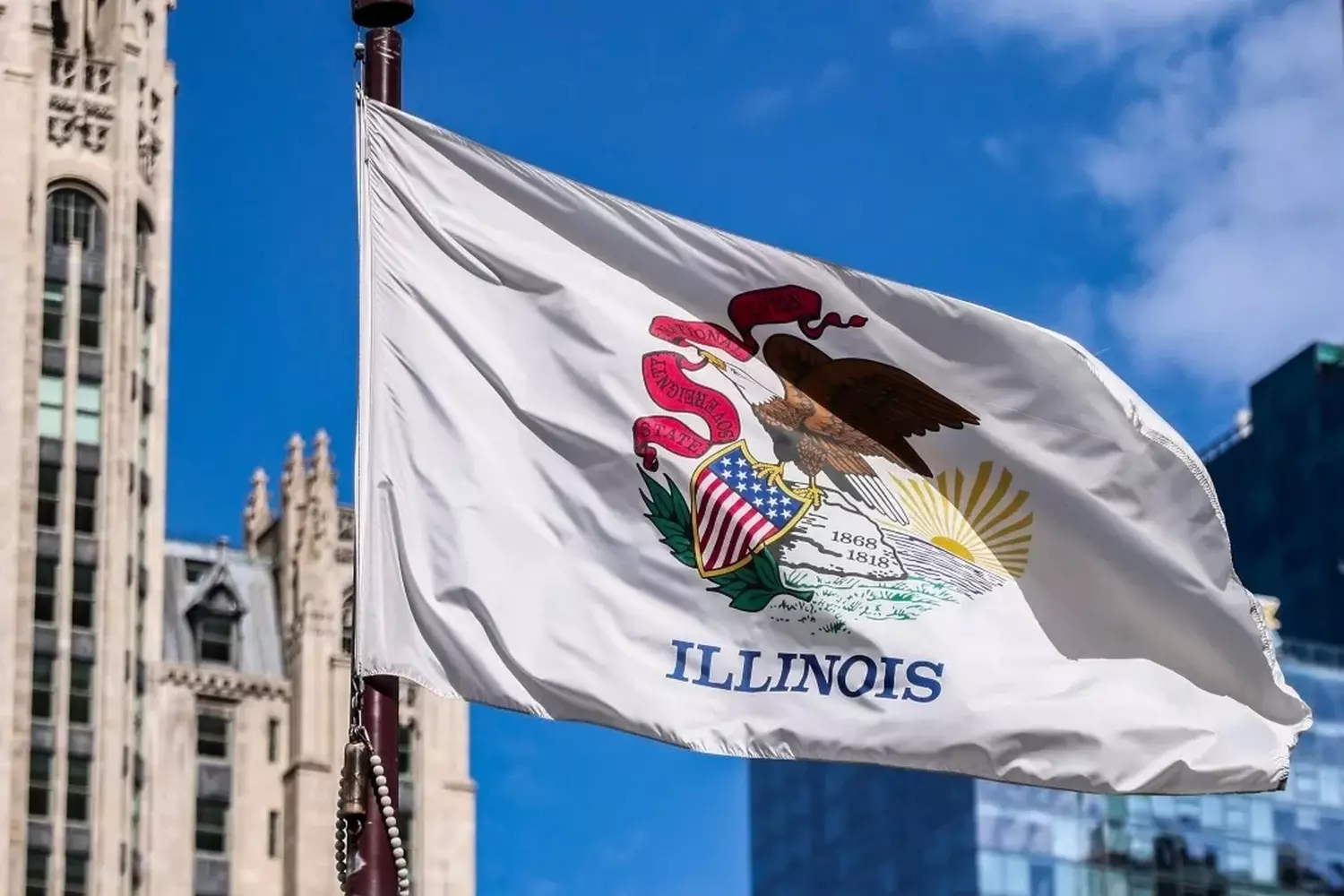
Money, Oil, and Energy: How Illinois’ Economy Works
The economy of Illinois is one of the most powerful and complex in the United States. It’s not just an agricultural state, as it might seem at first glance. Illinois is an industrial, energy, financial, and logistics giant that plays a key role in the nation's economy.
- 01. The Agricultural Heart of America
Illinois is part of the U.S. “Corn Belt.” It consistently ranks among the top producers of corn, soybeans, wheat, livestock, and dairy products. The agricultural sector has long gone beyond traditional farming. High-tech equipment, agricultural drones, and genetically enhanced crops have become standard.
Fun fact: Illinois is the second-largest corn exporter in the U.S. - 02. Industry: From Steel to the Atom
Illinois is one of the few states where traditional industries coexist with cutting-edge technologies. Steel and machinery plants still operate, alongside clusters of advanced manufacturing, including robotics and aerospace engineering.
- Coal
Southern Illinois is rich in coal deposits. It remains a source of energy and exports. The state is investing in “clean” coal technologies. - Oil
Dozens of oil wells operate in central and southern regions. Although production is modest by national standards, it is vital to the local economy. - Nuclear Energy
Illinois leads the U.S. in the number of active nuclear power plants. Stations like Braidwood, Byron, and Dresden provide nearly half of the state's electricity.
- 03. Financial and Transportation Hub
Chicago is one of the major financial centers in the U.S. after New York. It is home to:
- Chicago Mercantile Exchange (CME Group) — the world’s largest futures exchange;
- Offices of leading banks and insurance companies;
- O’Hare International Airport — a critical logistics hub.
Chicago is a transportation nexus with railways, highways, and air routes branching out to all corners of the country.
- 04. Technology and Science
Illinois is actively investing in R&D. Leading universities (such as the University of Illinois at Urbana-Champaign) work closely with private companies and government agencies in fields like artificial intelligence, nuclear physics, biotechnology, and industrial design. - 05. Major Companies from Illinois
Many globally recognized corporations originate from Illinois:
- Boeing — an aviation giant (although its headquarters moved to Virginia, the company was historically based in Chicago);
- McDonald’s — its main office is located in a Chicago suburb;
- Caterpillar — heavy machinery manufacturer, founded in Peoria;
- Walgreens — one of the largest pharmacy chains in the U.S.;
- United Airlines — a global airline carrier;
- Allstate Insurance — a major insurer.
- 06. Challenges and Issues
Illinois faces several economic challenges:
- High state budget debt;
- Outmigration of people and businesses to other states;
- Difficulty in modernizing the coal industry.
Still, thanks to its robust infrastructure, industry diversity, and intellectual capital, Illinois remains one of the leaders of the U.S. economy.
Illinois is not just cornfields and Chicago. It’s an energy grid, a stock exchange, a factory, a laboratory, and a logistics hub. It’s an economy where tradition meets innovation.
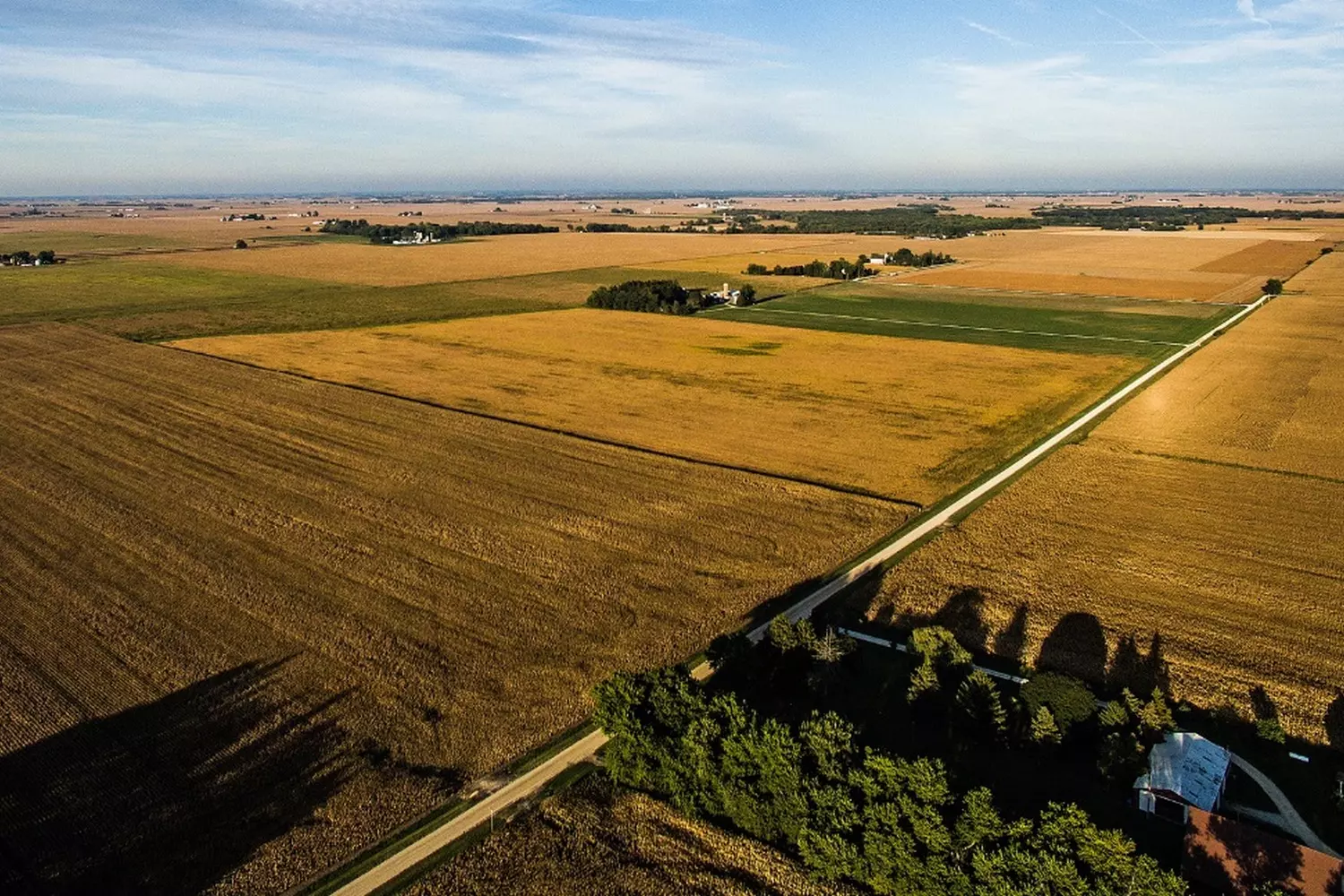
Illinois in Power: Politics, Scandals, and Great Names
Illinois is one of the most politically significant states in U.S. history. It has given the country not just one, but several presidents, played a key role in shaping the party system, and gained a reputation for a vibrant — and not always flawless — political life.
- 01. Lincoln — Father of the Nation and Symbol of the State
The name Abraham Lincoln is inseparably linked to Illinois. It was here that he became a politician, lawyer, congressman, and eventually president. His home, library, and mausoleum are located in Springfield. Lincoln became a symbol of humanism, the fight for freedom, and the power of conviction. - 02. Presidential Footprints
- Ulysses S. Grant
Civil War general and 18th president of the United States. Before his presidency, he lived and worked in Galena, Illinois. - Barack Obama
44th president of the United States. He began his political career in Illinois — first in the state senate, then as U.S. Senator from Illinois. His Chicago base remains an important symbol of progressive politics.
- 03. Governors and Senators: From Reformers to Scandal-Makers
Illinois politics is eventful, but not without controversy. In recent decades, several governors have been convicted of corruption — including Rod Blagojevich, who was sentenced for attempting to "sell" a Senate seat after Obama’s election. Still, the state has produced outstanding politicians:
- Dick Durbin — a long-serving U.S. senator and one of the most influential Democrats in Congress.
- Tammy Duckworth — senator and Iraq War veteran, the first Taiwanese-American woman in the U.S. Senate.
- 04. Illinois Today: Reliably Democratic
Illinois is a solidly blue state in federal elections. Since 1992, it has consistently voted for Democratic presidential candidates. At the same time:
- The north and especially Chicago form a Democratic stronghold;
- The south and central counties tend to vote Republican.
This mix makes the state’s politics dynamic, conflicted, and layered.
- 05. Business and Politics
Major Illinois-based companies — Boeing, McDonald’s, Caterpillar, Walgreens — are active political players. Through lobbying, donations, and participation in social initiatives, they help shape the state’s political agenda. Energy and industrial corporations play a particularly large role, especially in coal, oil, and nuclear energy sectors (Exelon is a key player in the latter). - 06. Scandals That Shook the Nation
- Operation Greylord — a large-scale investigation into judicial corruption in Chicago (1980s).
- Rod Blagojevich — convicted for attempting to sell Obama’s vacated Senate seat.
- Resignations, investigations, scheming — all became part of the image of the “Chicago machine”, a symbol of pragmatic and at times ruthless politics.
Illinois politics isn’t about dull laws and bureaucracy. It’s a theater where actors come and go, but the stage remains the same. The state continues to produce leaders, set trends, and demonstrate that democracy is a living process — with all its triumphs and shadows.
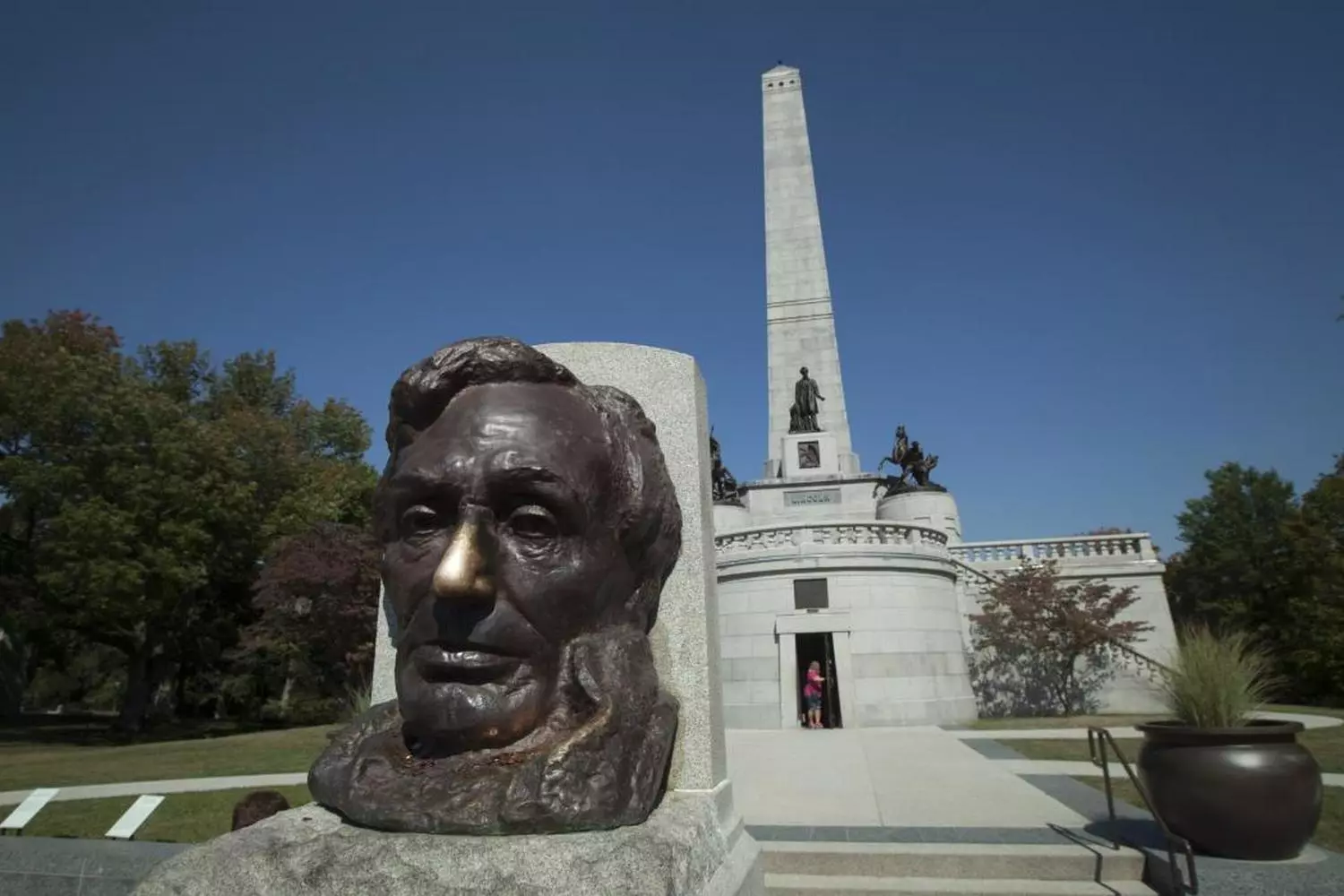
Illinois in Taste and Rhythm: The State’s Culture, Traditions, and Cuisine
Illinois is not only an economic and political hub, but also a true cultural kaleidoscope where the traditions of many peoples, generational histories, and irresistible flavors intertwine. From Chicago jazz to cozy family recipes, Illinois’s culture and cuisine tell a unique, vibrant story.
- 01. Cultural Diversity and Musical Spirit
Chicago is a global center of jazz and blues. It was here, in the early 20th century, that legendary musical styles were born — styles that went on to inspire generations of musicians and listeners worldwide. Neighborhoods like Bronzeville and Hyde Park became the cradle of African American culture, where music is the breath of life. The state also boasts a vibrant theater and arts scene:
- The Chicago Symphony Orchestra — one of the finest orchestras in the world.
- The Art Institute of Chicago — a museum housing works of global importance.
But Illinois’s culture isn’t limited to big cities. In smaller towns and rural areas, the folk traditions of European immigrants — Germans, Irish, Poles, Italians — are still alive. Folk dances, crafts, and festivals are passed down from generation to generation.
- 02. Culinary Traditions: From Pizza to Cornfields
The cuisine of Illinois reflects the cultural diversity and agricultural richness of the state.
- Chicago Deep-Dish Pizza
A city symbol and a testament to culinary generosity. Thick crust, lots of cheese, rich tomato sauce — the perfect dish for those who love hearty, flavorful meals. - Italian Beef Sandwich
Made with tender meat and aromatic spices, it’s a Chicago favorite. - Corn and Soy-Based Dishes
In the rural areas, farms produce recipes featuring local ingredients — corn tortillas, soups, fresh vegetables. - Meat Pies and Fried Chicken
Traditional dishes from southern Illinois, where the cuisine leans toward Southern American flavors.
Fun fact: Despite being a major agricultural state, Illinois has an incredibly developed restaurant industry. Chicago ranks among the world’s top ten culinary cities!
- 03. Culture and Cuisine — The Soul of Illinois
In Illinois, culture and food are inseparable from daily life. Family dinners, harvest festivals, musical evenings in the park — all of these create a special atmosphere where history meets the present.
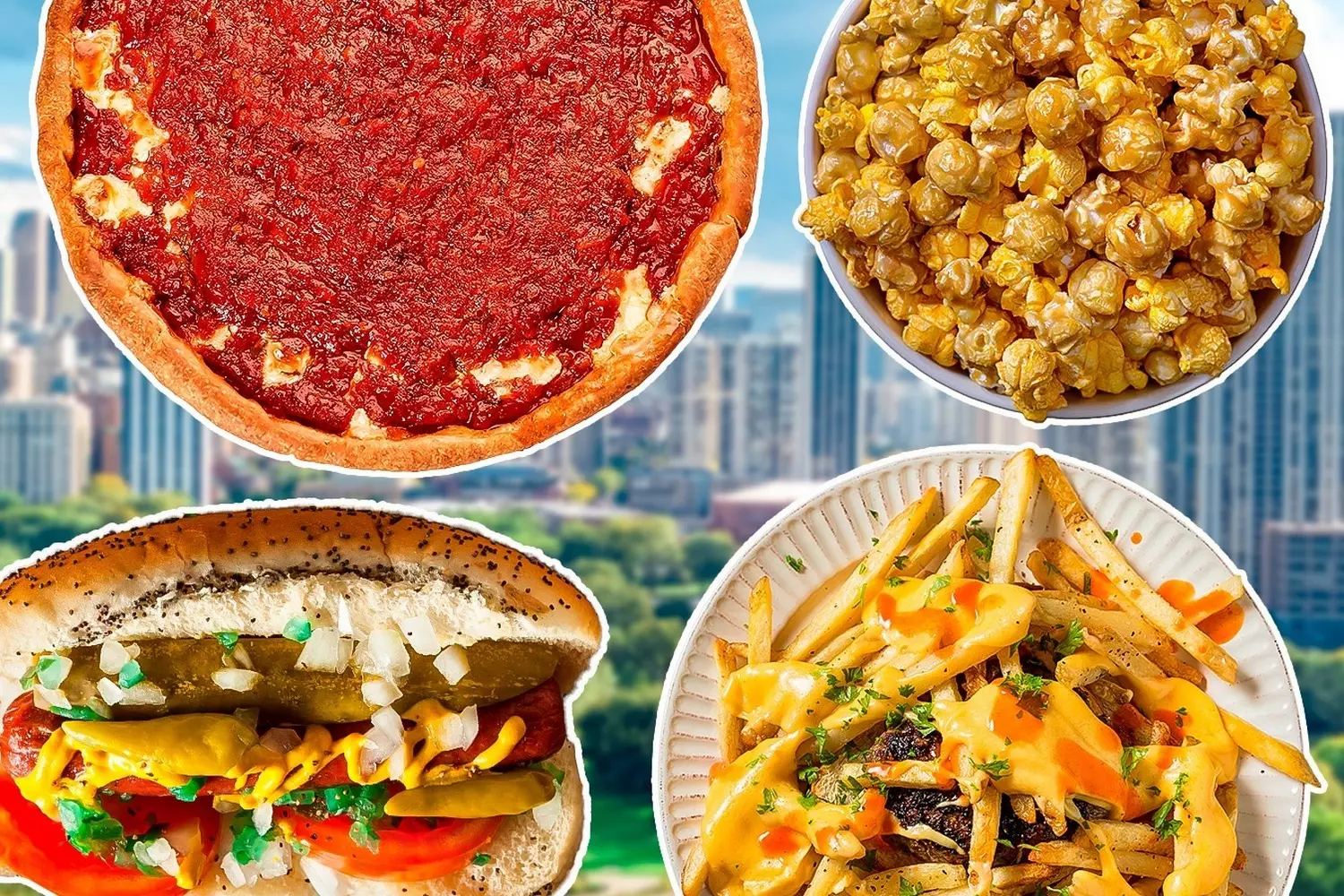
Illinois Embraced by Nature: The State’s Most Stunning Natural Attractions
Illinois is not just urban skyscrapers and the bustling streets of Chicago. Deep within the state lie breathtaking natural areas that impress with their diverse landscapes and beauty. From dense forests to majestic cliffs and scenic rivers, Illinois’s nature invites you to pause and breathe deeply.
- 01. National Parks and Nature Reserves
- Starved Rock State Park
One of the most famous and visited parks in Illinois. Its iconic canyons, waterfalls, and rocky cliffs attract tourists year-round. In spring, melting snow creates powerful cascades. Hiking the marked trails reveals views of ancient rock formations and wild forests. - Shawnee National Forest
Located in the southern part of the state, this forest spans over 280,000 acres. Visitors can encounter rare plant and animal species and explore unusual geological formations — such as the Garden of the Gods with its whimsical rock shapes. A true paradise for hikers, climbers, and campers. - Illinois Beach State Park
A unique area along Lake Michigan where beaches alternate with sand dunes and rare plant species. It’s a great spot for relaxing, picnicking, and birdwatching.
- 02. Rivers and Lakes
- The Mississippi River forms the western border of the state. You can take river cruises, observe diverse flora and fauna, and enjoy sunsets over this majestic waterway.
- Lake Michigan — one of the Great Lakes — offers not only beautiful beaches but also a mild climate that shapes the region’s weather.
- Illinois River — a vital waterway still used by commercial vessels. Its banks are lined with scenic parks and small historic towns.
- 03. Unique Natural Features
- Caves and Karst Formations
In parts of southern Illinois, these attract speleologists and nature explorers. - The Illinois Prairies
Though much of the prairie has been converted to farmland, some protected areas preserve the original grassy plains, where bison and other native wildlife can still be seen.
Fun fact: Illinois is home to several sites where rare species of butterflies and birds — some endangered — have been preserved.
- 04. Recreation and Ecotourism
For those seeking a break from urban life, Illinois offers countless opportunities: hiking trails, bike paths, kayaking, fishing, and even horseback riding. National parks frequently offer guided tours that delve into the region’s flora, fauna, and history.
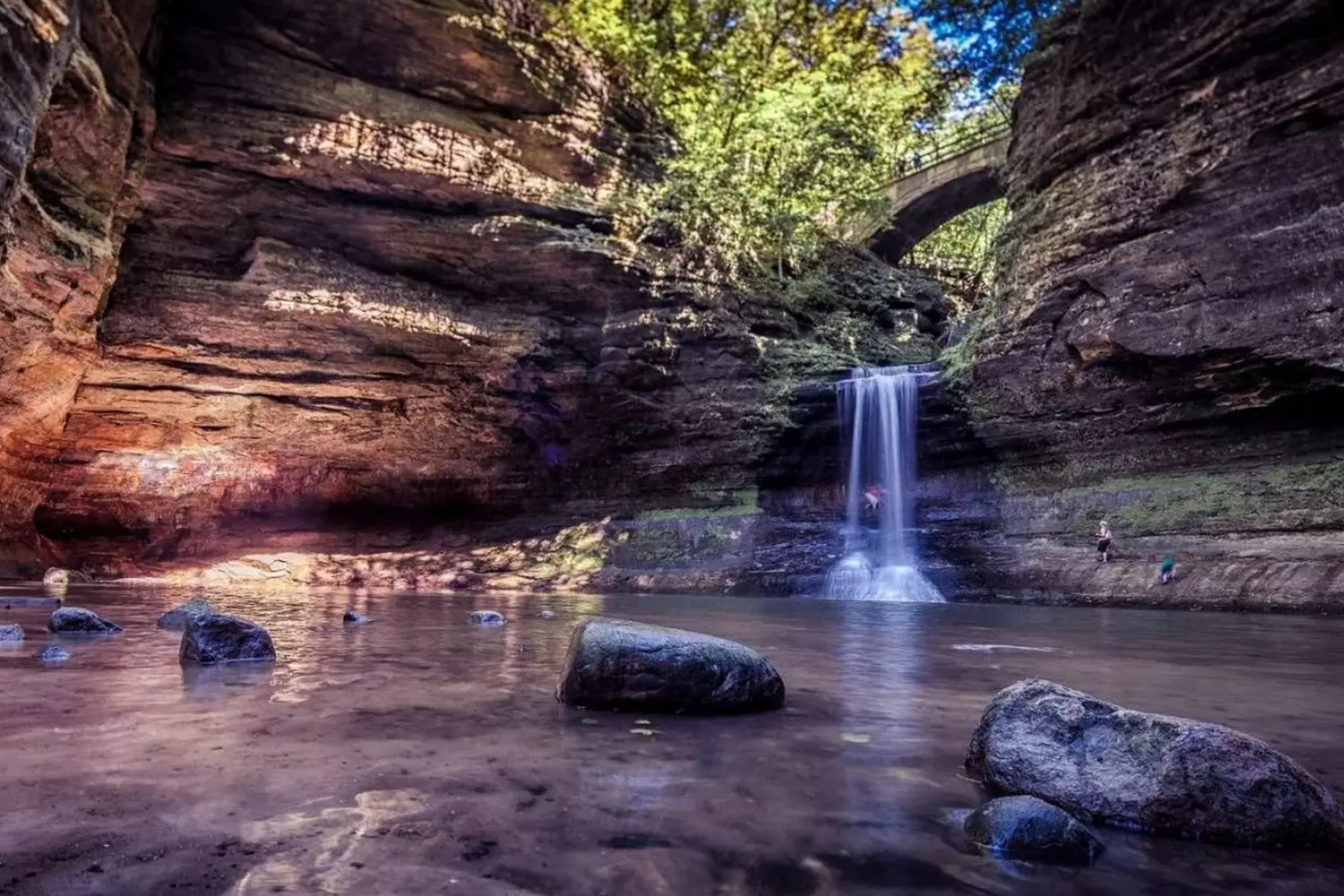
Illinois: The Most Striking Attractions in the State You Should See
Illinois is not just about the famous Chicago — it's home to countless unique places that reflect the state's rich history, culture, and innovation. To truly understand Illinois, you must visit these iconic landmarks.
- 01. Chicago — A City of Contrasts and Impressions
- Willis Tower
One of the tallest buildings in the U.S., featuring the Skydeck observation platform and the famous glass ledge, The Ledge, where you can stand "in the air" more than 400 meters above the ground. - Millennium Park
Home to the iconic mirrored sculpture Cloud Gate, the interactive Crown Fountain, and the stunning Jay Pritzker Pavilion. - Shedd Aquarium
One of the largest indoor aquariums in the world, housing over 32,000 aquatic creatures. - Field Museum of Natural History
Home to the legendary T. rex skeleton “Sue” and thousands of artifacts from around the world. - Museum of Science and Industry
A hands-on science museum with interactive exhibits, including the U-505 submarine and spacecraft models. - Navy Pier
A popular tourist destination with rides, restaurants, and performance venues along the shores of Lake Michigan.
- 02. Illinois's Historic Gems
- Abraham Lincoln Home in Springfield
A historic museum and residence of the 16th U.S. president, where visitors can explore his life and legacy. - Capitol Building in Springfield
An impressive statehouse with a richly decorated interior and guided tours through the legislative halls. - Cahokia Mounds State Historic Site
Remnants of an ancient Native American settlement — the largest archaeological site in North America with massive mounds and evidence of prehistoric civilization. - Pullman National Monument
A historic district in Chicago linked to the production of Pullman railcars and the labor movement of the 19th century.
- 03. Museums and Cultural Centers
- Art Institute of Chicago
One of the oldest and largest art museums in the U.S., featuring an extensive collection of Impressionist, American, and contemporary art. - Chicago Cultural Center
A stunning building known for its mosaic domes, hosting exhibitions, concerts, and workshops. - DuSable Museum of African American History
The largest museum dedicated to African American history and culture in the Midwest.
- 04. Architectural and Entertainment Landmarks
- Chicago Theatre
Iconic venue with a famous marquee and a rich history of performances by world-class artists. - Garfield Park Conservatory
One of the largest greenhouse complexes in the country, featuring exotic plants and art installations. - Second City Comedy Club
The legendary club where many famous comedians and actors got their start, including Bill Murray and Tina Fey.
- 05. Unique Experiences
- Chicago Riverwalk
A scenic promenade along the Chicago River, lined with cafes, bars, and walking trails. - 360 Chicago Observation Deck
Located in the John Hancock Center, this deck offers stunning views and the thrilling TILT attraction. - Lincoln Park Zoo
One of the oldest zoos in the country, with free admission and a wide variety of animals.
Illinois is rich in culture, history, and modern entertainment — from world-class museums to cozy theaters and comedy clubs. It’s a state where everyone can find something to love and a reason to return.
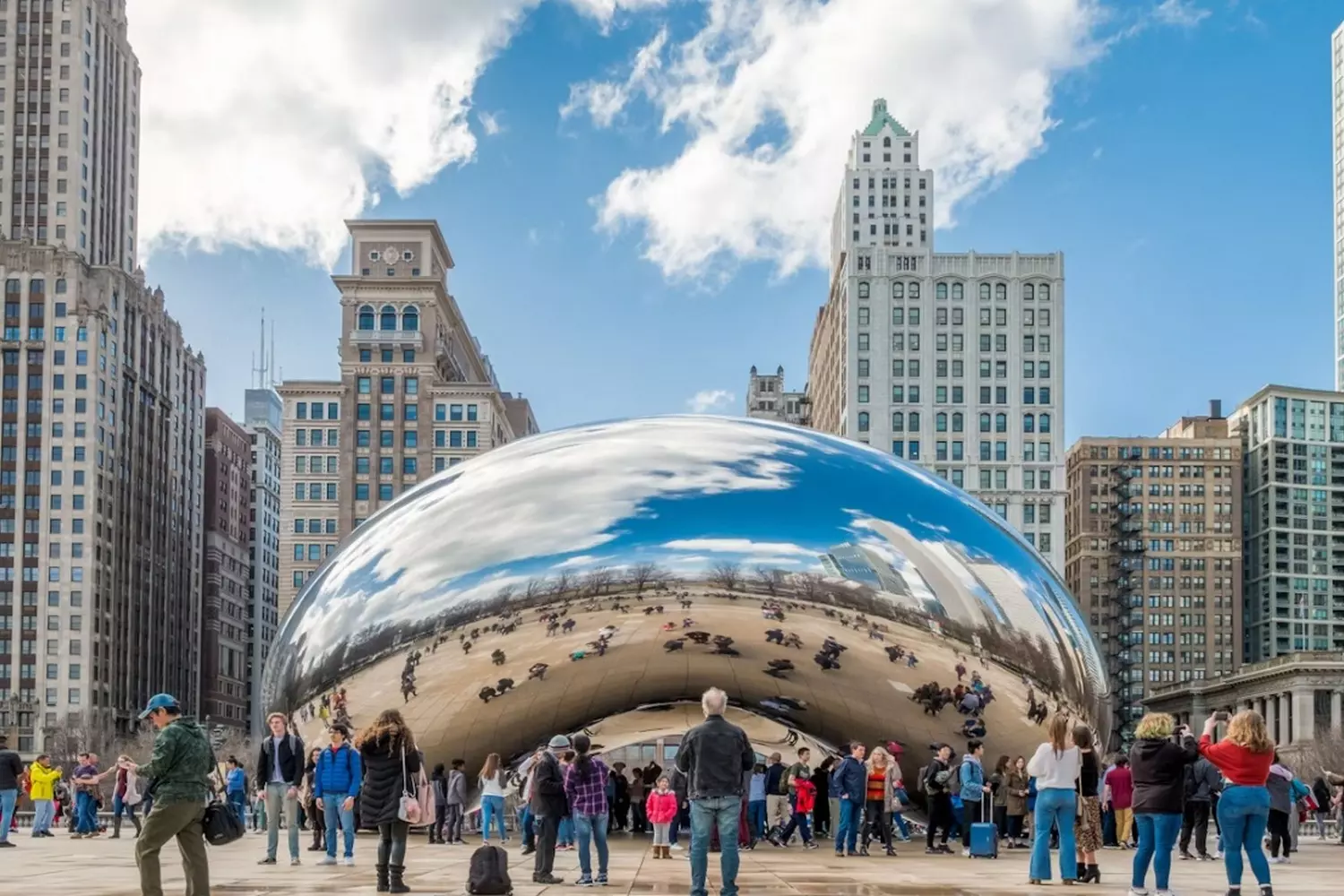
Illinois in Celebration and Music: Major Festivals and Traditions of the State
Illinois is not only about history and culture — it's also a vibrant hub of festivals that gather thousands of people from across the country and the world. Here, music, art, food, and cultural traditions are celebrated in an atmosphere of unity and joy.
- 01. Chicago Blues Festival
This is the largest free blues festival in the world, held every June in Grant Park. Musicians from all over the globe come together to deliver raw emotion and live music. The festival is not just entertainment — it's a heartfelt tribute to the roots of American music. - 02. Taste of Chicago — A Culinary Celebration
This summer food festival in Millennium Park features the best restaurants and eateries in the city. Thousands of guests sample dishes from around the world while enjoying live concerts, workshops, and craft markets. A true celebration for food lovers and curious minds. - 03. Illinois State Fair — Honoring Agricultural Traditions
Held annually in Aurora, this event brings together farmers, families, and fans of rural life. It includes livestock competitions, equipment exhibitions, markets, and concerts — reflecting the agricultural heritage and vital role of farming in Illinois. - 04. Chicago Air and Water Show
One of the largest free air and water shows in the U.S., held every August over Lake Michigan. Spectators witness thrilling aerial stunts, parachute demonstrations, and water-based performances — an awe-inspiring experience for all ages. - 05. St. Patrick’s Day Parade — Irish Heritage Festival
Chicago is famous for its St. Patrick’s Day celebrations — among the largest in the U.S. Even the Chicago River is dyed green! The parade features music, dance, and plenty of festive cheer. - 06. Chinese New Year Festival
Chicago’s vibrant Chinatown hosts this colorful celebration each year, featuring traditional costumes, dragon dances, and fireworks. A great opportunity to experience the richness of Illinois’s Asian-American community. - 07. Chicago Jazz Festival
Held in late August to early September, this prestigious event showcases world-class jazz musicians. It celebrates both the heritage and modern evolution of jazz, attracting fans from around the world. - 08. Holiday Magic — Christmas Markets and Parades
From November through January, Illinois becomes a winter wonderland with Christmas festivals, dazzling lights, and cheerful parades. Millennium Park and downtown Chicago transform into cozy, festive scenes where families enjoy skating rinks, theater shows, and holiday markets.
Fun fact: During the Chicago Blues Festival, special workshops are held each year, allowing young musicians to learn from blues legends — preserving and evolving the culture of this iconic genre.
The festivals and celebrations of Illinois reflect its spirit, diversity, and openness. Everyone can find an event to enjoy — and feel the true essence of American festivity.
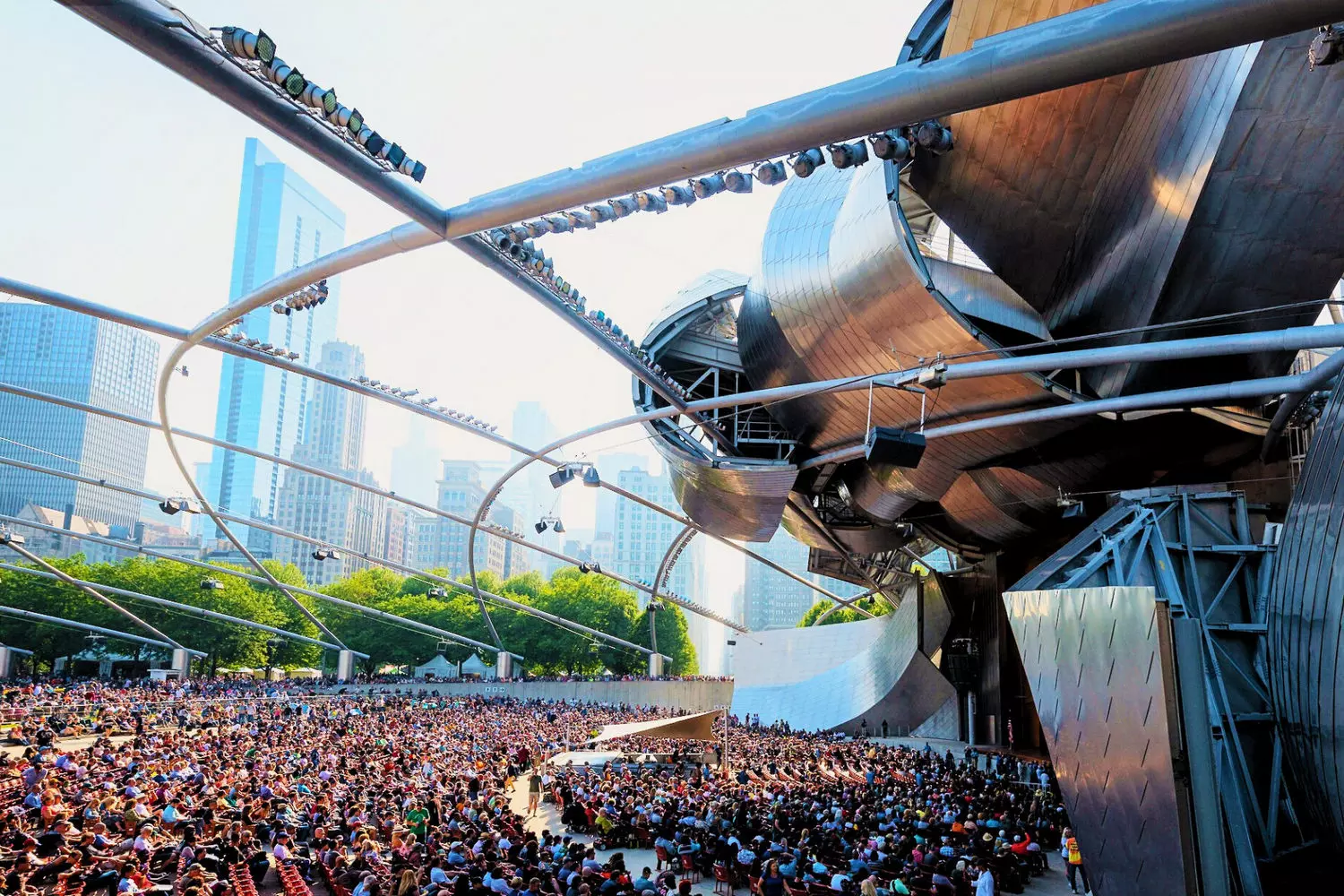
Illinois for Everyone: Activities for Kids, Adults, Food Lovers, and Romantics
Illinois is a state where everyone can find something special. Family fun, romantic getaways, gourmet experiences, and adult entertainment — it's all here. Let’s explore where to go to make the most of your time and enjoyment.
- 01. Family Fun: Learning and Entertainment
Illinois offers many places for kids and parents to not only have fun but also learn something new.
- Peggy Notebaert Nature Museum (Chicago)
An interactive nature museum where kids can explore a live butterfly haven, study ecosystems, and meet native Midwestern animals. Educational programs and hands-on workshops enhance the experience. - Legoland Discovery Center (Schaumburg)
A place where imagination comes to life: giant LEGO structures, play zones, creative workshops, and a cinema. Perfect for children ages 3 to 10. - Illinois Railway Museum (Union)
A captivating railway museum with real steam engines, streetcars, and rides on vintage trains. A dream for both little and grown-up train lovers. - SciTech Hands On Museum (Aurora)
An interactive science museum packed with exhibits for hands-on exploration and fun experiments — a great family day out.
- 02. Couples’ Retreats: Romance and Relaxation
Illinois has no shortage of charming spots perfect for couples seeking intimacy and memorable moments together.
- Kalamazoo River and Canoe Tours
Peaceful routes on calm waters surrounded by nature — an ideal escape from the city for a romantic getaway. - Historic Town of Galena
Cobblestone streets, boutique hotels, and vintage cafés set the mood for a perfect weekend. Explore art galleries, visit wineries, and browse antique shops. - Wine festivals in the Shawnee Hills Region
Southern Illinois is famous for its vineyards. Enjoy wine tastings, scenic views, and cozy gazebos with sunset views over the vines.
- 03. For Foodies: From Classics to Culinary Innovation
Illinois’ food scene is rich and diverse — offering everything from hearty traditions to bold, modern cuisine.
- Farmers' Markets and Food Festivals
Markets like Green City Market in Chicago offer a chance to explore local products and taste seasonal delicacies from regional farmers. - Alinea Restaurant (Chicago)
One of the world’s most famous restaurants, known for its creative cuisine and innovative presentation. A must-visit for anyone seeking a true culinary adventure. - Craft Beer Tour in Logan Square
Logan Square is home to many craft breweries and bars offering locally brewed IPAs, stouts, and experimental flavors — a hotspot for beer enthusiasts. - Restaurants with Mediterranean Cuisine
Many places throughout Illinois serve fresh seafood, olive oil, and natural wines — creating a true Mediterranean dining experience.
Illinois is a place where everyone can find their own inspiration and joy. Families can explore and learn together, couples can enjoy intimate moments, and food lovers can uncover new flavors and culinary horizons.
Tips and Hacks for the Perfect Illinois Vacation
Best Time to Visit:
- Spring (April–May)
When nature awakens and parks are in bloom. Great for walking tours and visiting farmers' markets. The weather is mild but can be rainy — pack a light raincoat. - Summer (June–August)
The peak of tourist season. Ideal for beach outings on Lake Michigan, outdoor festivals, and water activities. Chicago can get hot and humid, so plan outdoor activities for mornings and evenings. - Autumn (September–October)
One of the most beautiful times of the year thanks to fall foliage and harvest season. A perfect time for winery visits, nature parks, and food festivals. The weather is pleasant, and accommodation is generally more affordable. - Winter (November–March)
While cold and snowy, winter brings holiday magic and cozy charm. Christmas markets, ice skating, and theater shows make for a festive experience.
Helpful Hacks:
- Transportation
Chicago and other major cities have well-developed public transportation (subways and buses), ideal for getting around without a car. For exploring the state, especially small towns and wineries, renting a car is the best option. - Festival Planning
Major festivals and events attract large crowds. Book tickets and accommodations in advance, especially for summer and fall. - Culinary Discoveries
Illinois has a vibrant culinary culture. Don’t hesitate to ask locals for food recommendations — you might find a hidden gem that surpasses tourist spots. - Family Travel
If traveling with kids, choose museums and parks with interactive programs. Many venues offer discounts or free admission days — a great way to save money. - Weather and Clothing
Illinois weather can change quickly, especially in spring and fall. Pack layers and comfortable walking shoes to stay prepared.
These tips will help make your Illinois journey comfortable, rich in experiences, and truly unforgettable. Whether you're traveling with family, planning a romantic weekend, or chasing culinary adventures — this state is sure to leave warm memories behind.
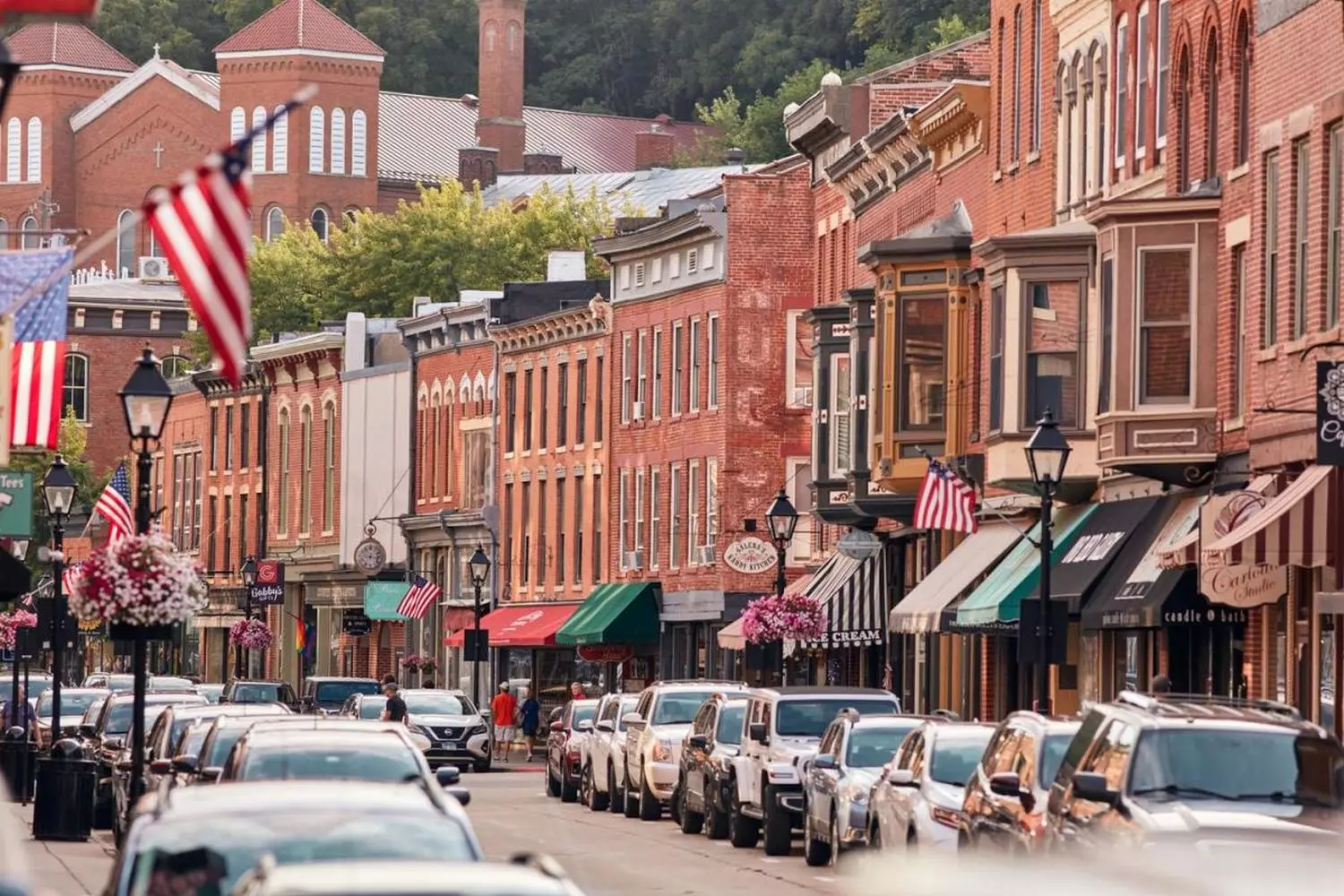
Illinois in Arts and Culture: From Big Screens to Legendary Stages
Illinois is not just a state with a rich history and economy — it is a creative hub that has influenced American and global culture. Here, various genres, styles, and directions intertwine — from music and cinema to literature and theater.
- 01. Film: Chicago — City of Cinematic Legends
Chicago has often been both the hero and the filming location of iconic movies that remain in the hearts of viewers worldwide.
- The Blues Brothers (1980)
The legendary musical comedy that immortalized Chicago as the birthplace of blues and live music. The city in the film is not just a backdrop but a full-fledged character with atmosphere, energy, and charisma. - Ferris Bueller’s Day Off (1986)
This film became a symbol of 1980s American youth culture. The protagonist’s strolls through Chicago’s landmarks — museums, stadium, downtown — introduce the city to viewers in a fun and easygoing way. - The Dark Knight (2008)
Chicago played the role of Gotham — a dark and mysterious metropolis, setting the tone of tension and realism in one of the best Batman films.
- 02. Music: The Birthplace of Blues, Jazz, and the Contemporary Scene
Illinois is the cradle of musical genres that have become symbols of entire eras and generations.
- Blues and Jazz
The legendary Muddy Waters, born in Mississippi but made famous in Chicago, is considered one of the founders of Chicago blues. His deep, soulful sound inspired thousands of musicians and shaped a unique style. - Modern Hip-Hop and R&B
Stars like Kanye West and Chance the Rapper hail from Illinois — artists who combined urban sounds with social and cultural messages, becoming the voice of a new generation. - Music Festivals
Chicago annually hosts major blues and jazz festivals that attract music lovers from around the world.
- 03. Literature: The Fantasy and Reality of Illinois
- Ray Bradbury
One of the most influential writers of the 20th century, born in Waukegan, Illinois. His works, such as Fahrenheit 451, captured the spirit of the American Dream and anxieties about the future. Illinois was a source of inspiration and life stories for Bradbury. - Contemporary Writers
Illinois is home to many authors who write about Midwestern life, social change, and human destinies. The state remains a literary center with numerous book festivals and writers’ communities.
- 04. Theater: The School of Laughter and Improvisation
- Second City
The legendary theater school and comedy club in Chicago where careers of Bill Murray, Tina Fey, Steve Carell, and many others began. This theater became a forge for comedic talent and innovative formats, blending improvisation, satire, and social critique. - Chicago Theater
The city is famous for its dramatic productions, musicals, and experimental performances that continue the traditions of American theatrical art.
Interesting fact: In the 1950s, Chicago blues became so influential that its rhythms and styles crossed over into rock ’n’ roll, impacting legends like The Rolling Stones and The Beatles.
Illinois is a land of creativity where past and present merge into a powerful flow of art. It is a place where legends are born and trends are set, inspiring millions.
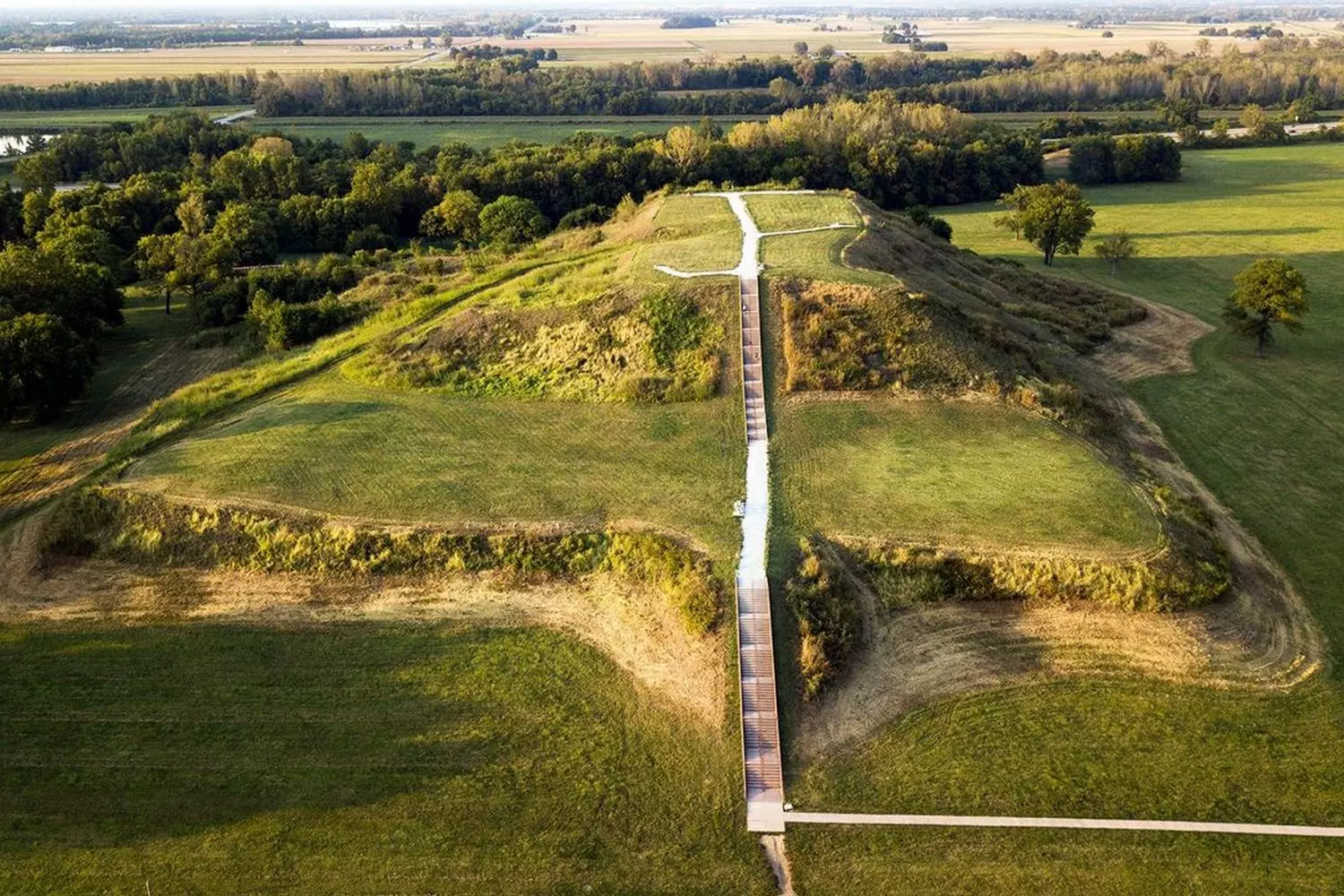
Illinois and Its Unusual Laws: What You Really Can’t Do in the State
Every US state is known for its unique traits, and Illinois is no exception. Beyond serious regulations, the state has retained quite a few strange, funny, and sometimes mysterious laws that bring smiles and surprise. Let’s find out what is really forbidden in Illinois — and why these rules still exist.
- 01. Law Prohibiting Juggling While Driving
In Illinois, juggling while behind the wheel is prohibited. Yes, even if you are a master juggler, doing it while driving is considered a distraction and may lead to a fine. - 02. Strange Restriction on Jump Ropes
In one of the state’s cities, there is still a rule forbidding jumping rope in public places on Sundays. This law originated in the early 20th century and was intended to limit noisy activities on weekends but has never been officially repealed. - 03. Ban on Driving with Eyes Closed
It sounds obvious, but Illinois law explicitly forbids driving with your eyes closed. This rule is stated in the traffic code — likely in a humorous way to emphasize the importance of paying attention on the road. - 04. Ban on Brewing Beer at Home… With Conditions
Homebrewing is allowed in Illinois, but there are restrictions on the amount produced and its sale. Attempting mass production without a license is considered illegal, which sometimes confuses novice craft brewers. - 05. Special Rules for Fishing
The state law requires anglers to have a license and prohibits certain fishing methods — for example, using electric fishing rods is forbidden. Additionally, in some areas, fishing on Sundays is banned, a rule inherited from old religious traditions. - 06. Ban on Building “Too Tall” Fences
Illinois has height limits for fences around private properties — usually not taller than six feet (about 1.8 meters). This is done to maintain safety and neighborly comfort, but many are surprised to learn you can’t build an “impenetrable” barrier. - 07. Unusual Dog Restrictions
In some Illinois cities, there is a ban on dogs being on rooftops. This rule is related to animal safety and preventing accidents. - 08. Legal Quirk: Card Games and Gambling
Gambling in Illinois is strictly regulated, but there are also some funny and quite old laws that prohibit playing cards in public places on Sundays. This ban is rarely enforced but still technically remains in effect.
Such strange and quirky laws make Illinois even more mysterious and colorful. Knowing about them, you can not only surprise your friends but also better understand the state’s history and traditions.
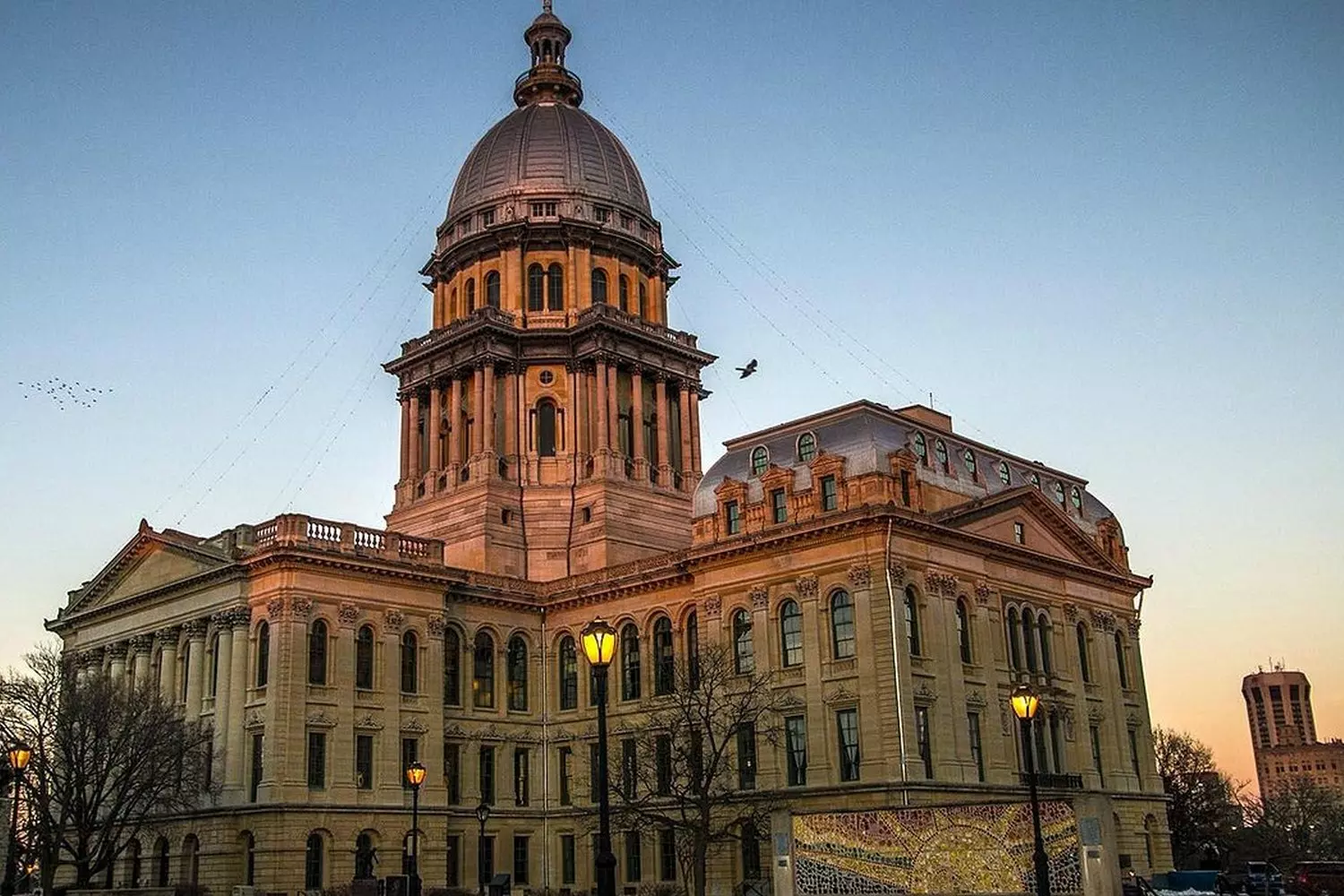
15 Facts You Didn’t Know About Illinois
In the heart of America’s Midwest lies Illinois — a state full of contrasts. Endless cornfields stand side by side with Chicago’s gleaming skyscrapers, ancient Native American mounds neighbor cutting-edge nuclear technology. It’s also a land where rivers change color and libraries hold millions of stories. Ready to discover the most unusual facts about Illinois?
- 01. The River That Turns Green
Every year on St. Patrick’s Day, the Chicago River is dyed bright green — one of the state’s most spectacular traditions. Originally, the dye was used to track pollution, but now it’s a symbol of the celebration. - 02. The Tallest “Pile of Logs” in History
In 1942, scientists at the University of Chicago conducted the world’s first controlled nuclear reaction (Chicago Pile-1). This was a key step in developing the atomic bomb. - 03. The Giant Library
The Chicago Public Library is one of the largest in the world, holding over 2 million books, with the Harold Washington Library Center alone housing 6.5 million volumes. - 04. The City That Could Have Been the Mormon Capital
In the 1840s, Nauvoo, Illinois, was the state’s largest city and a center of the Mormon community. After the assassination of their leader Joseph Smith, followers moved to Utah, and the city declined. - 05. A Secret Underground City Beneath Chicago
Downtown Chicago is home to the Pedway — a 40-km network of underground tunnels and walkways where you can traverse nearly the entire downtown without stepping outside. It includes shops, cafes, and even subway stations! - 06. Home of the World’s Largest Ketchup Bottle
In Collinsville stands a 57-foot (17 m) ketchup bottle — a former water tower turned museum. It’s a monument to a local factory that was once the world’s largest ketchup producer. - 07. Illinois’ Own “Stonehenge”
In the city of Oregon, there is the “White Horse” — a massive earthwork in the shape of a galloping horse, created by Native Americans about 1,000 years ago. It’s one of the few preserved megalithic structures in the US. - 08. The World’s First Skyscraper Was Built Here
The Home Insurance Building (1885) in Chicago is considered the first true skyscraper. It had only 10 floors, but was a marvel of 19th-century engineering! - 09. Illinois’ “Cow Parade” Walk of Fame
In the town of Sycamore, near a dairy plant, stands the Cow Parade — dozens of brightly painted cow sculptures. It’s one of the state’s quirkiest and cutest attractions. - 10. The Narrowest Street in the World
“Snell’s Passage” in Aurora is just 35 cm wide — only wide enough for one person to pass sideways! - 11. Al Capone’s Underground Bunker
In Mansfield, there’s a secret tunnel leading to the gangster’s bunker. They say hidden money is still found there. - 12. An Underground City for Bats
In abandoned tunnels of Southern Illinois lives a colony of about 50,000 bats. - 13. Illinois’ Own “Venice”
Lockport is called “Little Venice” because of its network of canals built in the 19th century. Boat races are even held there! - 14. Chicago Is the Starting Point of Route 66
The famous “Mother Road” begins right here — at the corner of Adams Street and Michigan Avenue. - 15. The World’s Only Monument to a Flea
In the town of Bolo stands an unusual monument dedicated to the insect that “inspired” the town’s name.
Illinois isn’t just Chicago with its Willis Tower and blues music. It’s a place where history blends with modernity, and nature surprises just as much as technology. Want to see a green river, try Chicago deep-dish pizza, or walk in Lincoln’s footsteps? Then this state definitely deserves your attention!
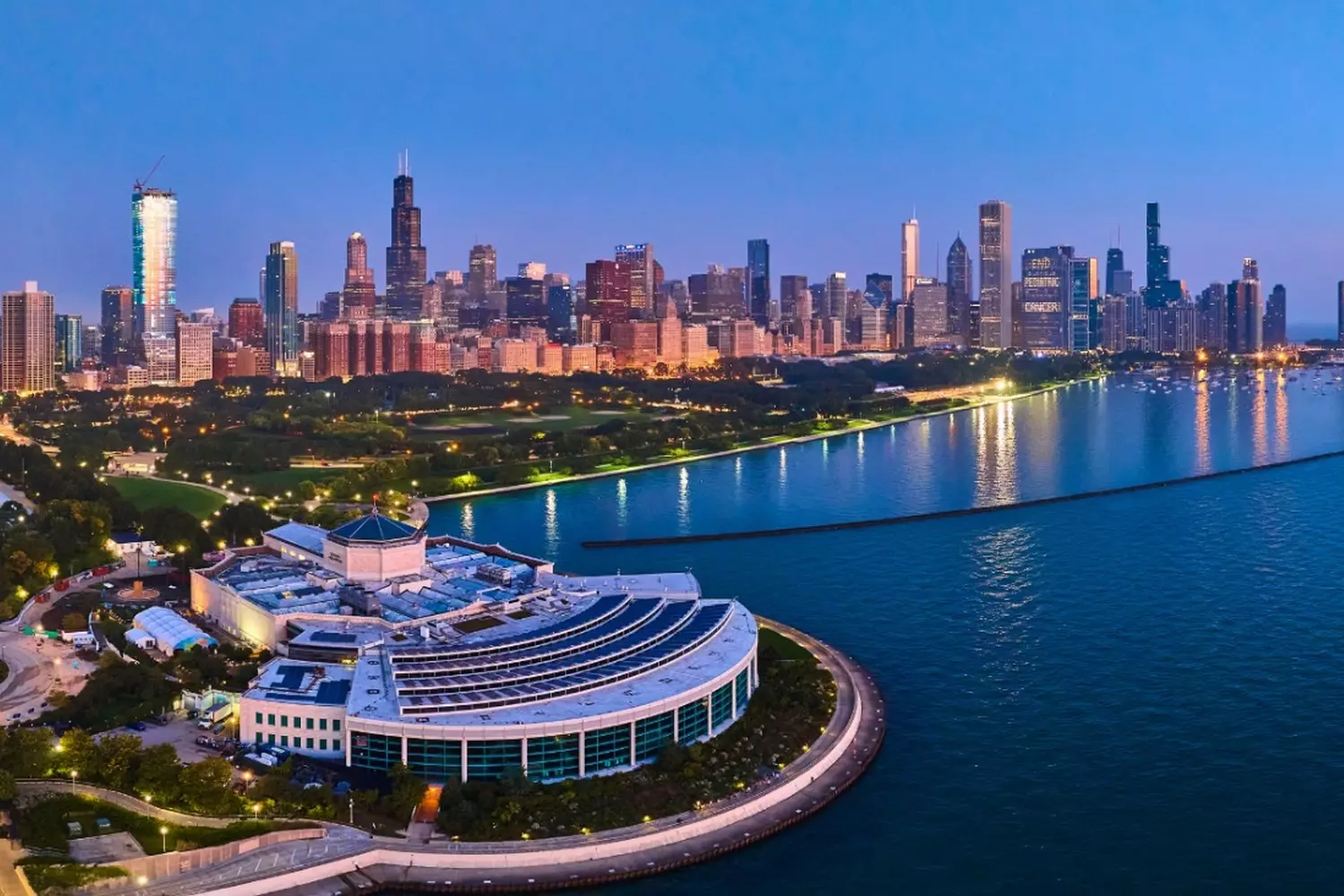
The Feeling of Motion in Illinois with American Butler
Illinois doesn’t shout about itself like California or New York do. It lives — deeply, rhythmically, with respect for history and a passion for the future. It’s a land where trains, generations, eras, and ideas meet.
Illinois is about meaning. About the journey. About America without clichés.
If you want to see the real Midwest, visit places untouched by tourist buses, and hear stories that guidebooks don’t tell — embark on a journey with American Butler.
Traveling through Illinois is not just a tour; it’s a feeling of America in miniature. But to truly uncover this state, you need the help of those who know its subtleties.
- Custom-made routes;
- Professional guides;
- Comfortable transfers;
- Immersion in culture without superficiality.
American Butler will show you an Illinois you didn’t expect — but will never forget.














